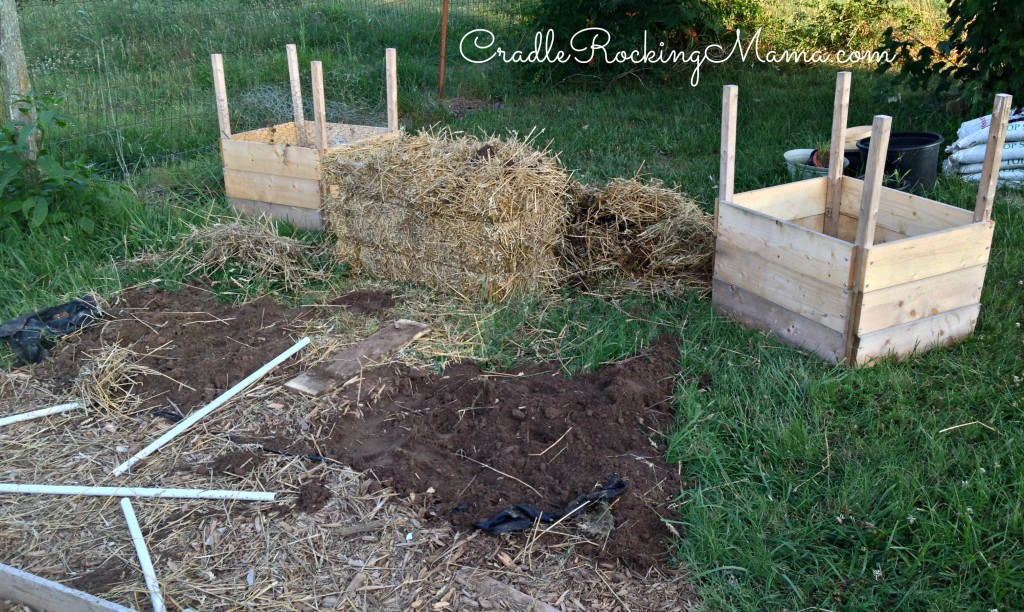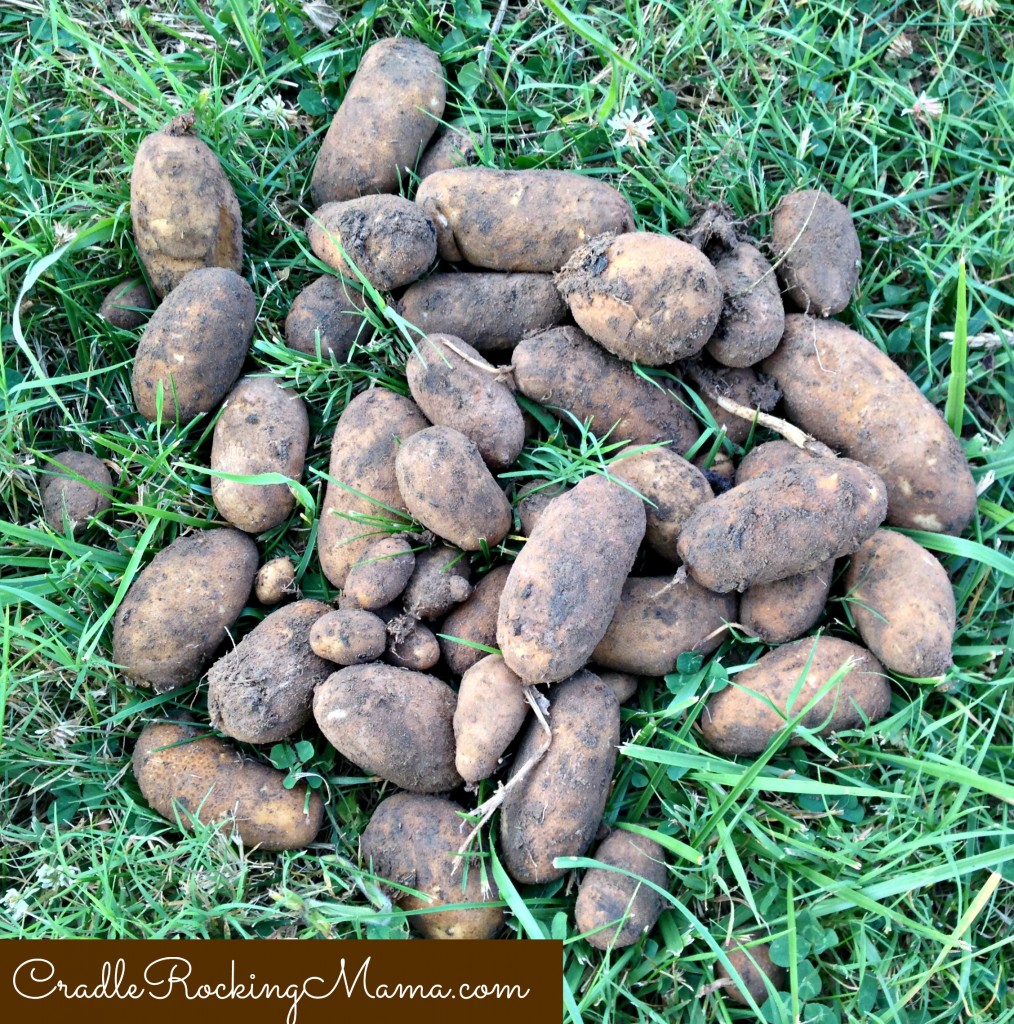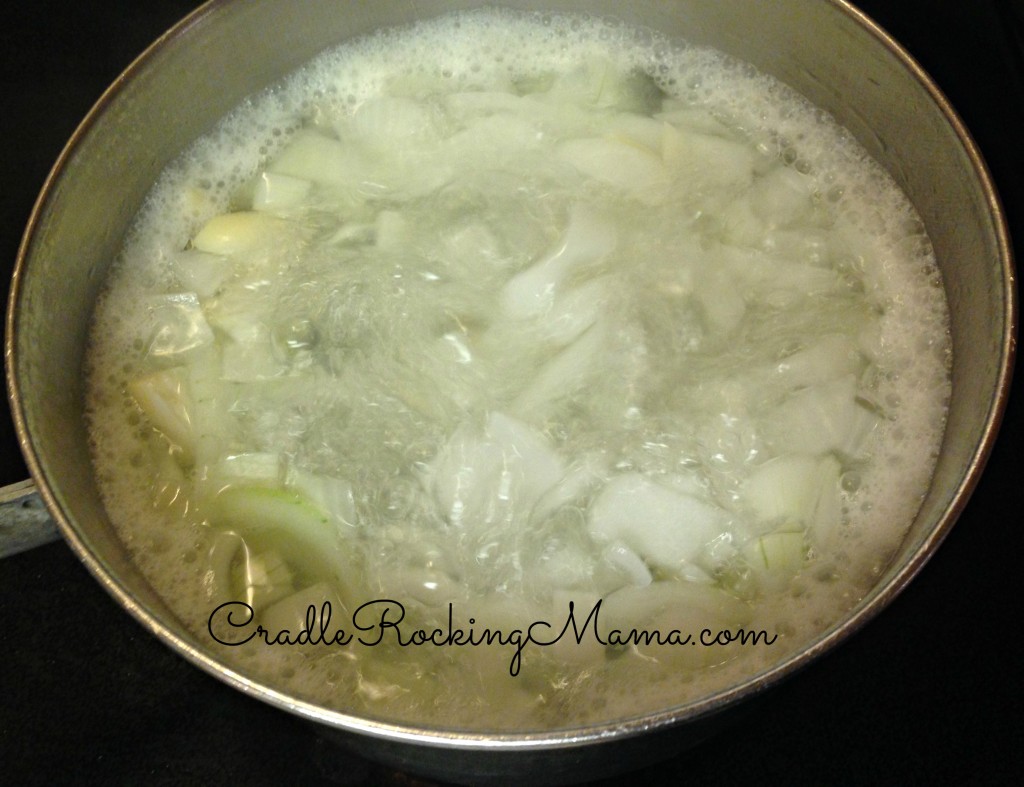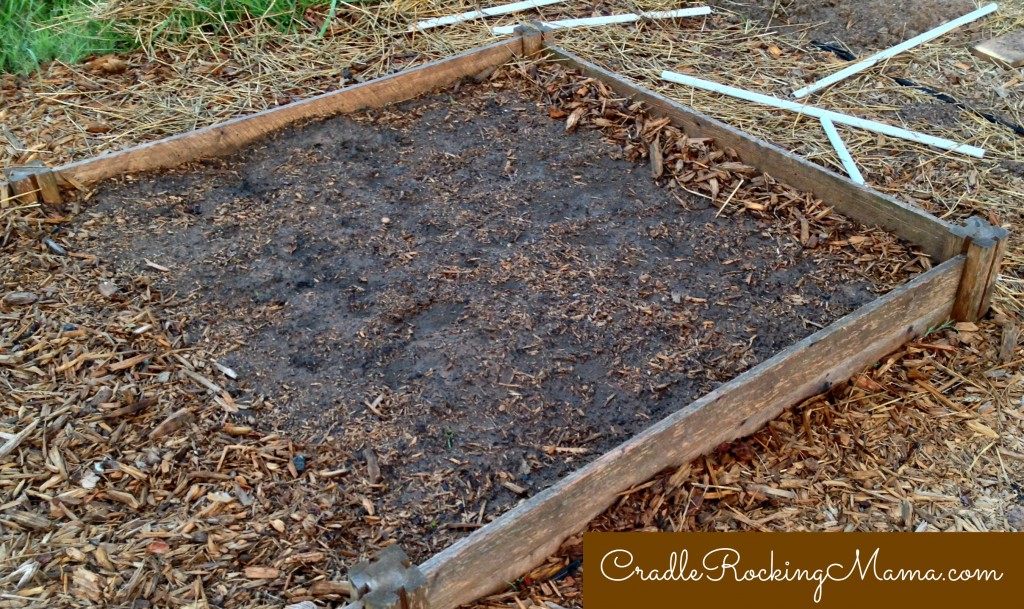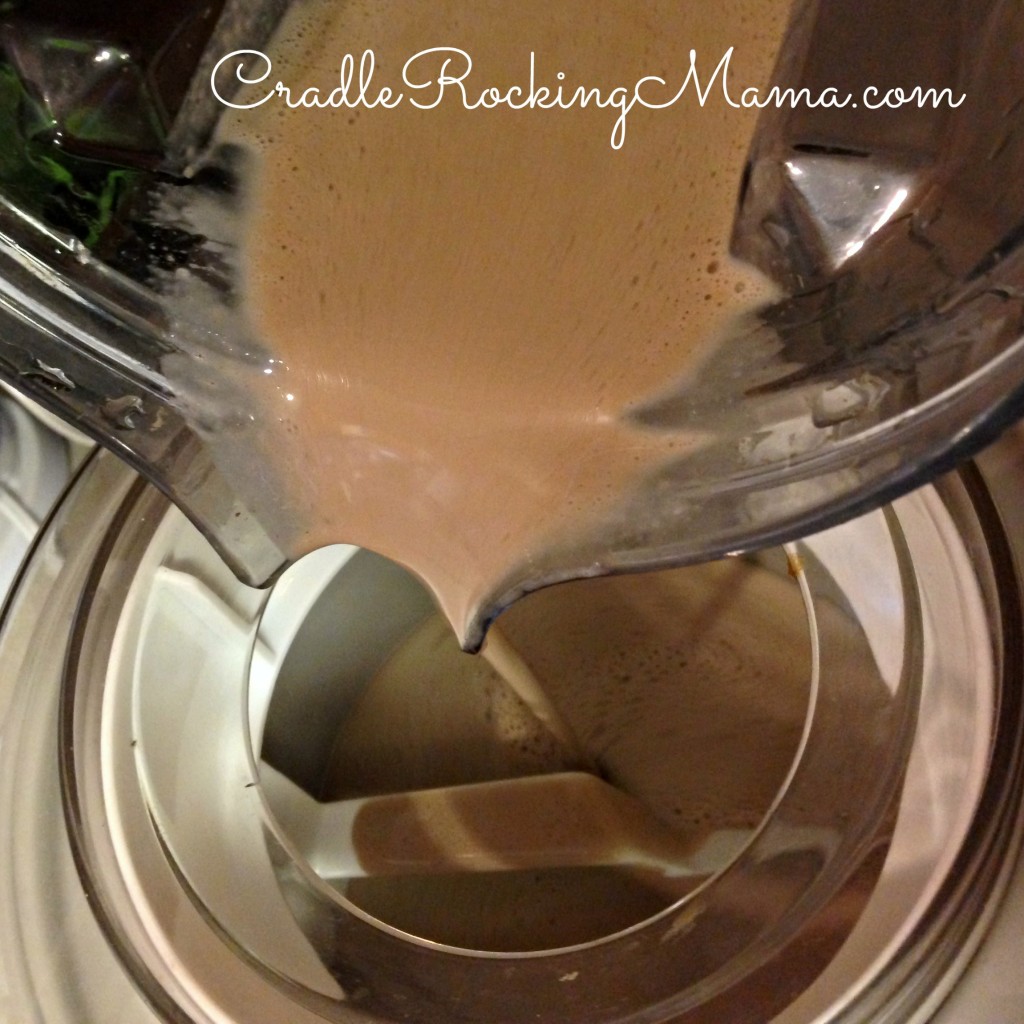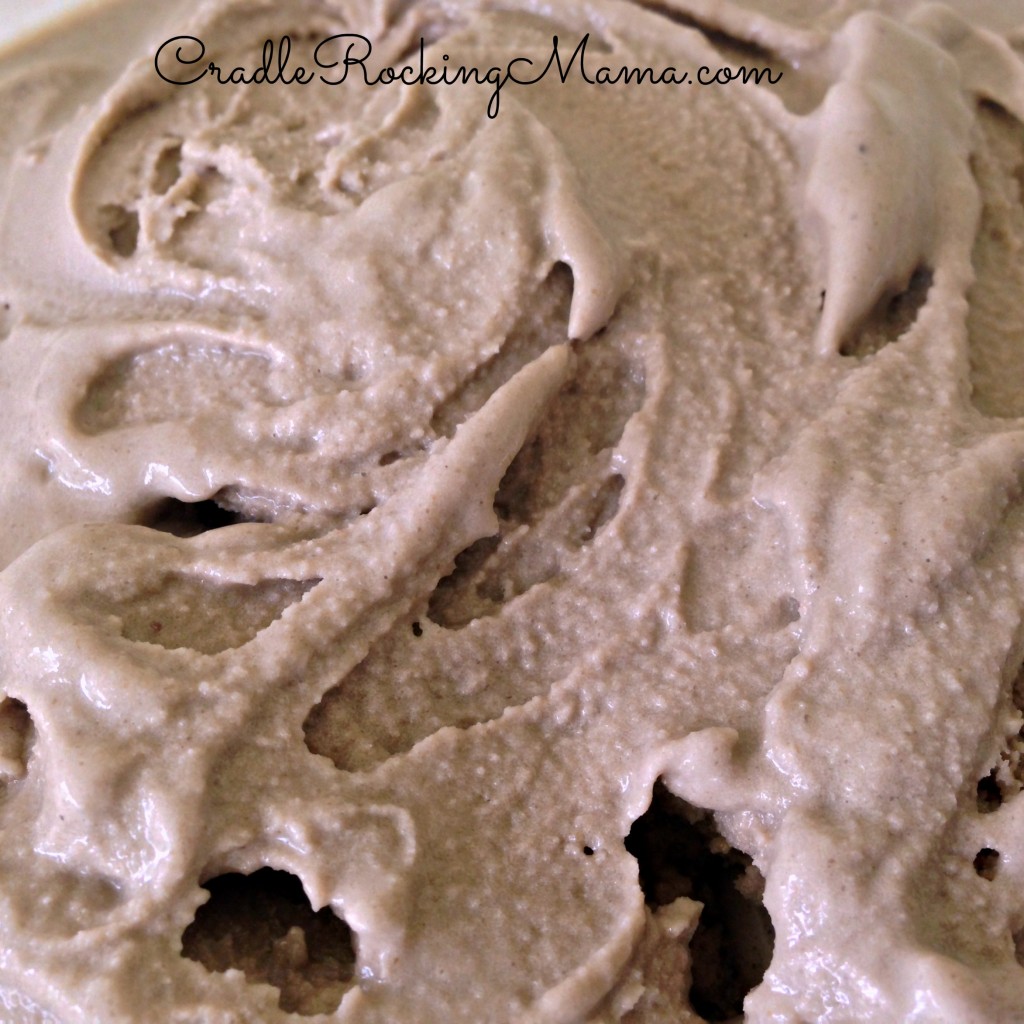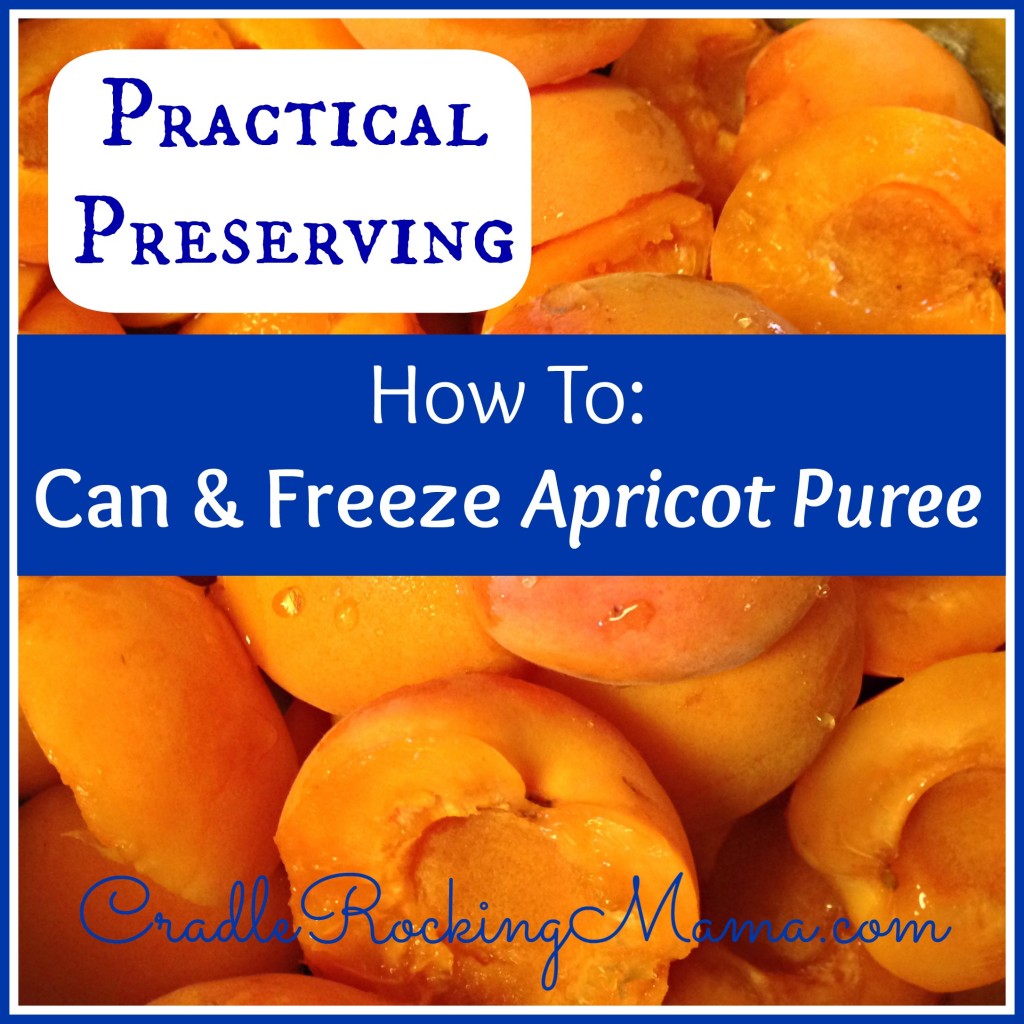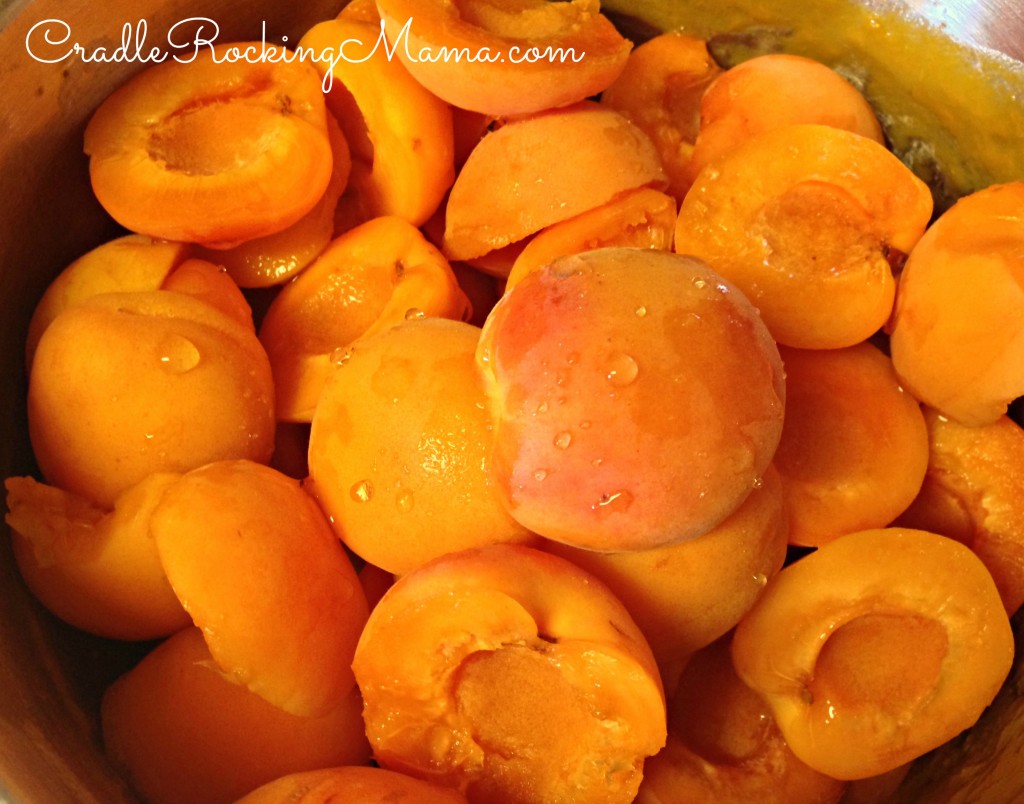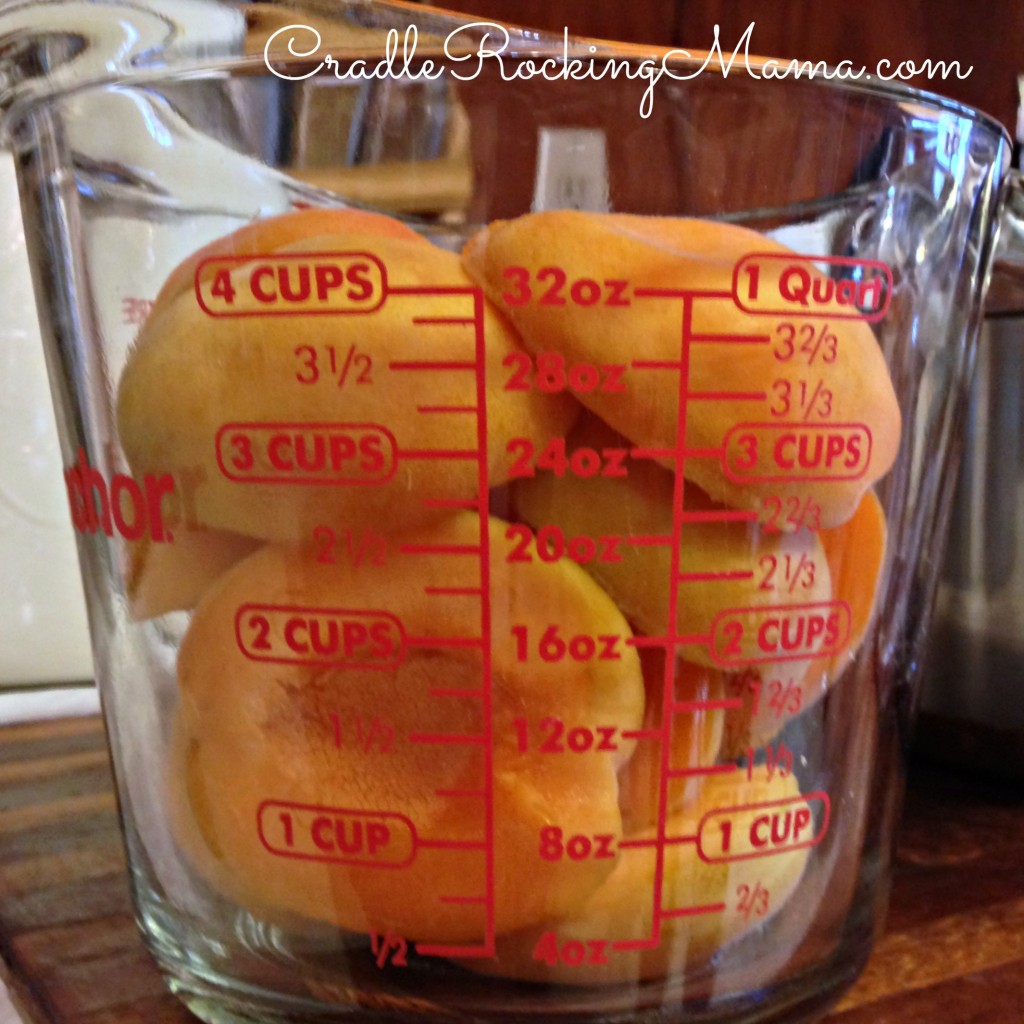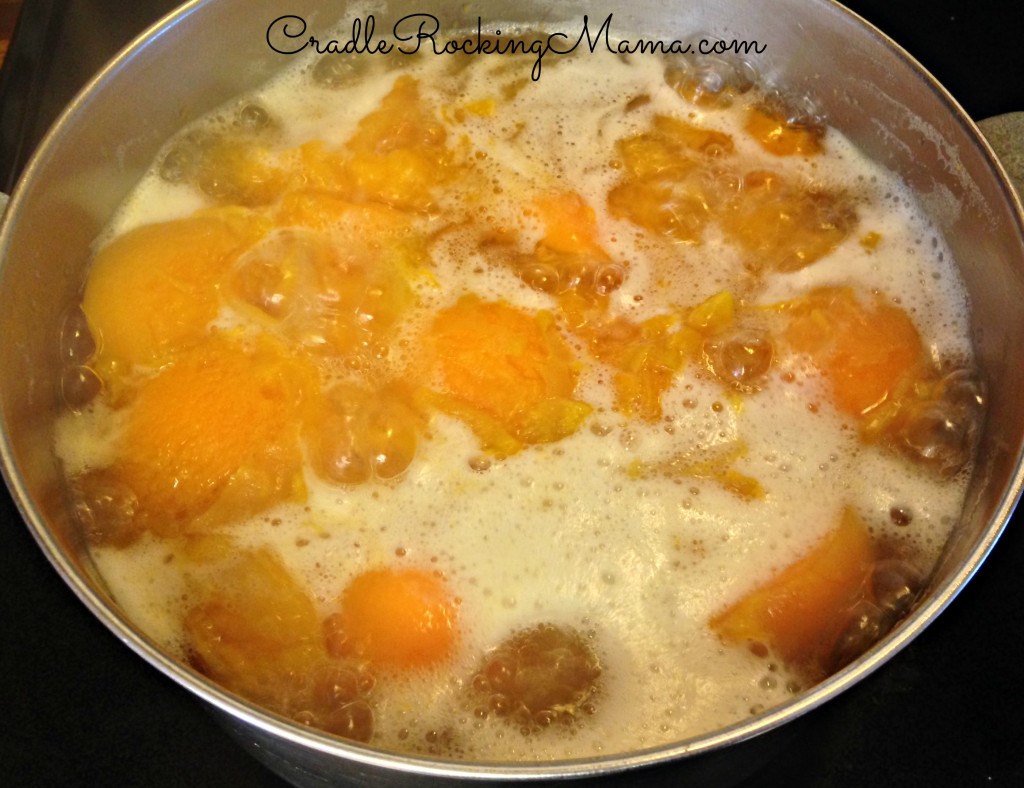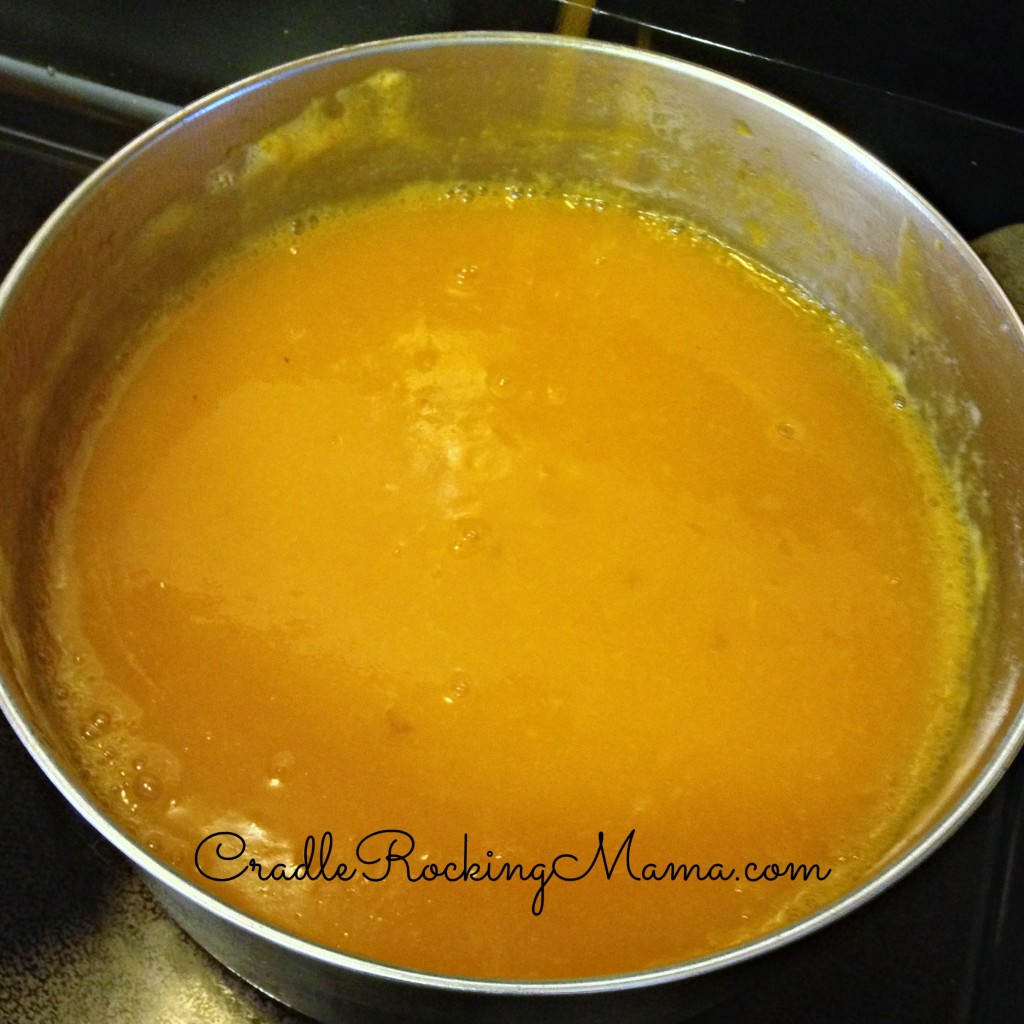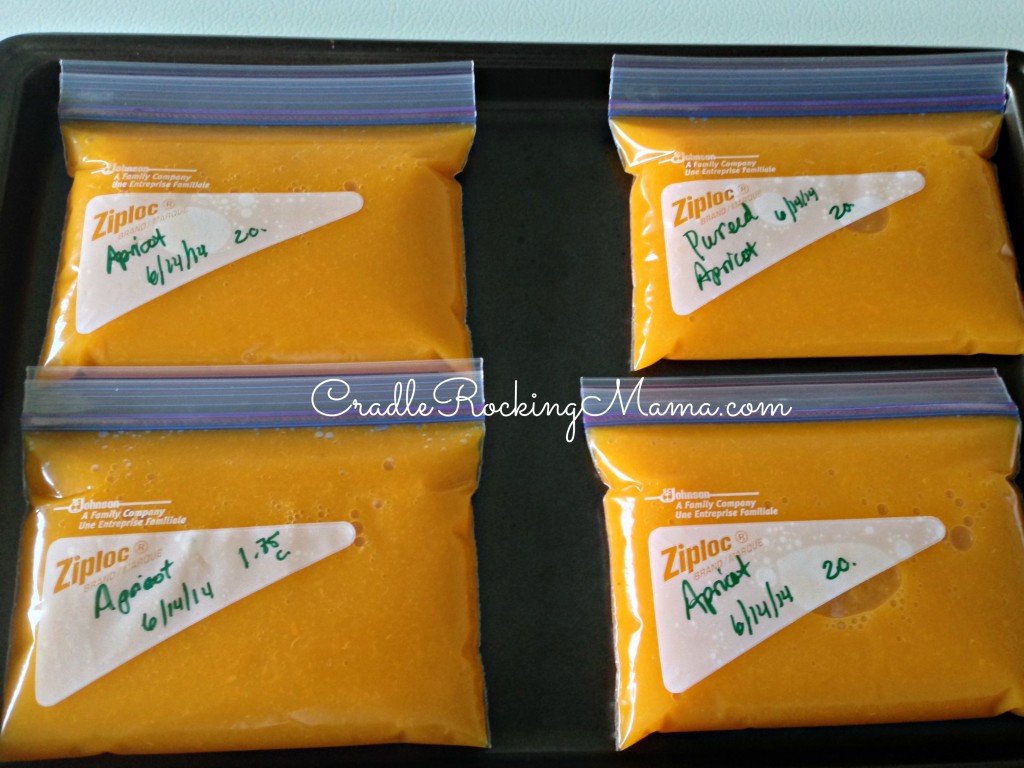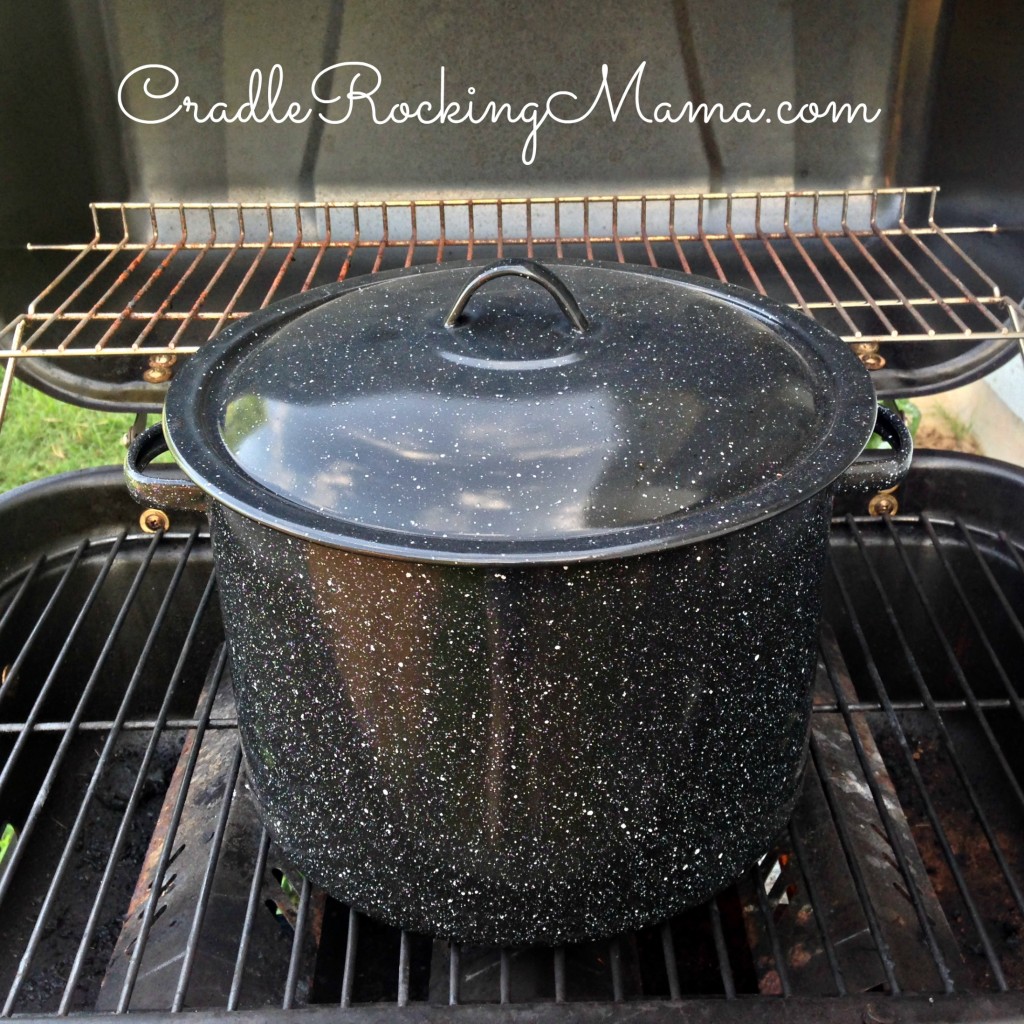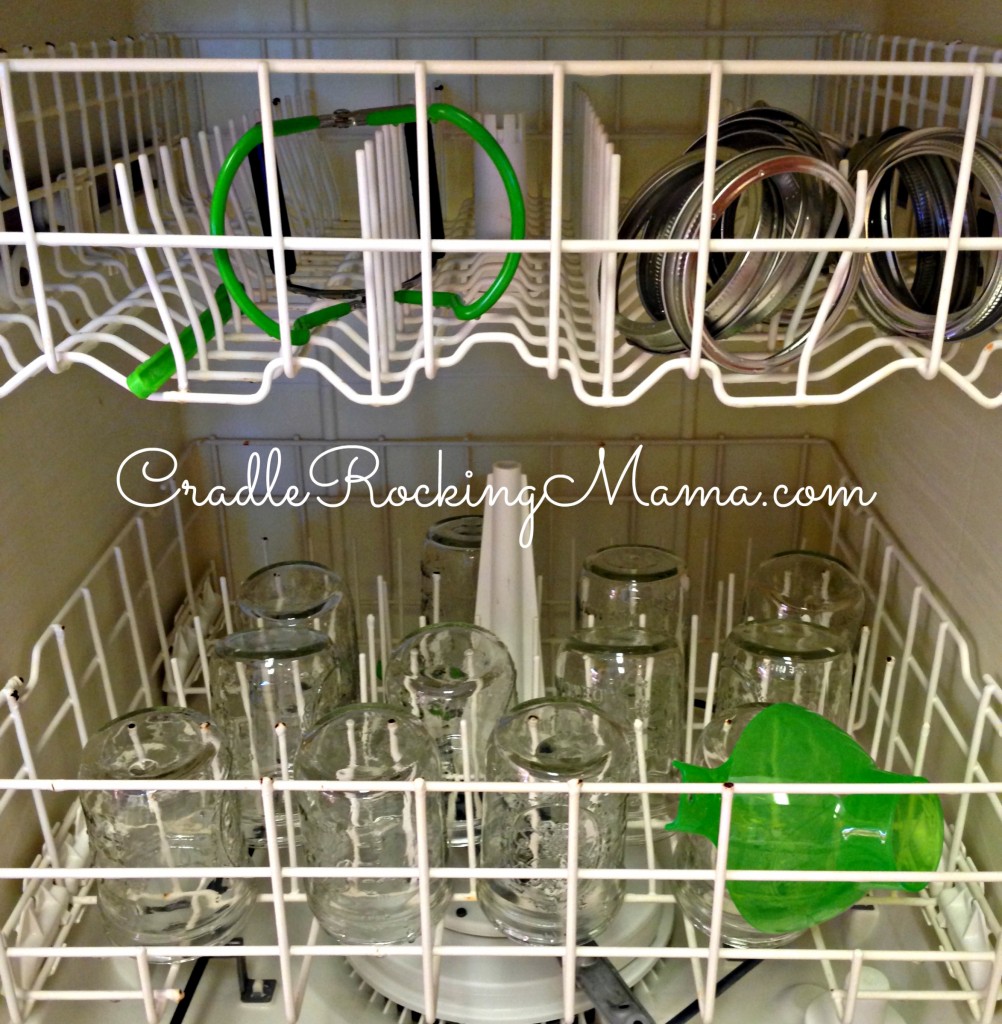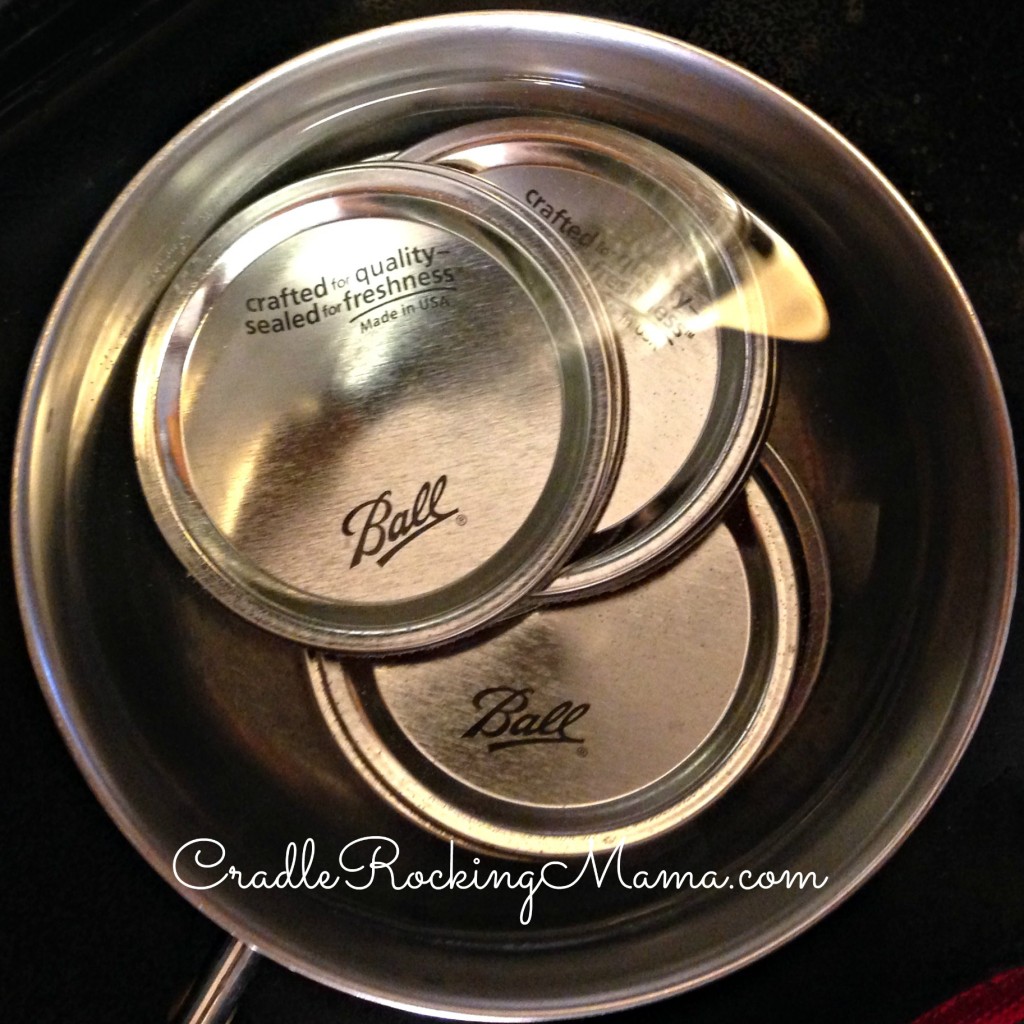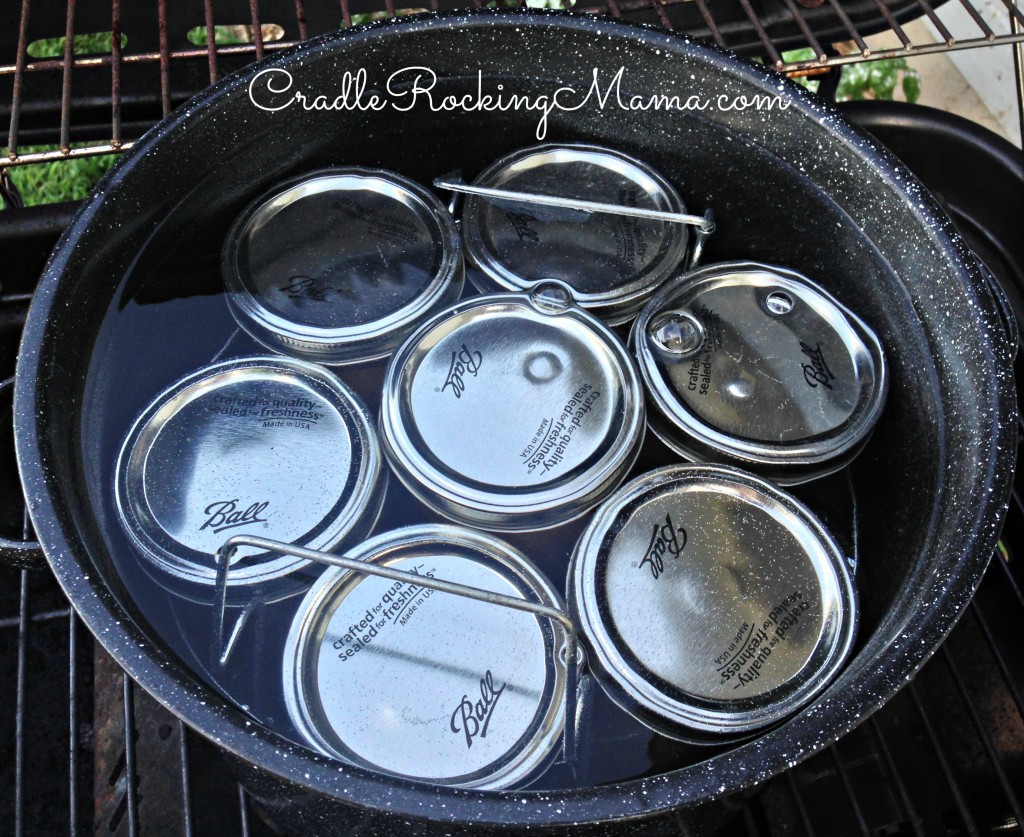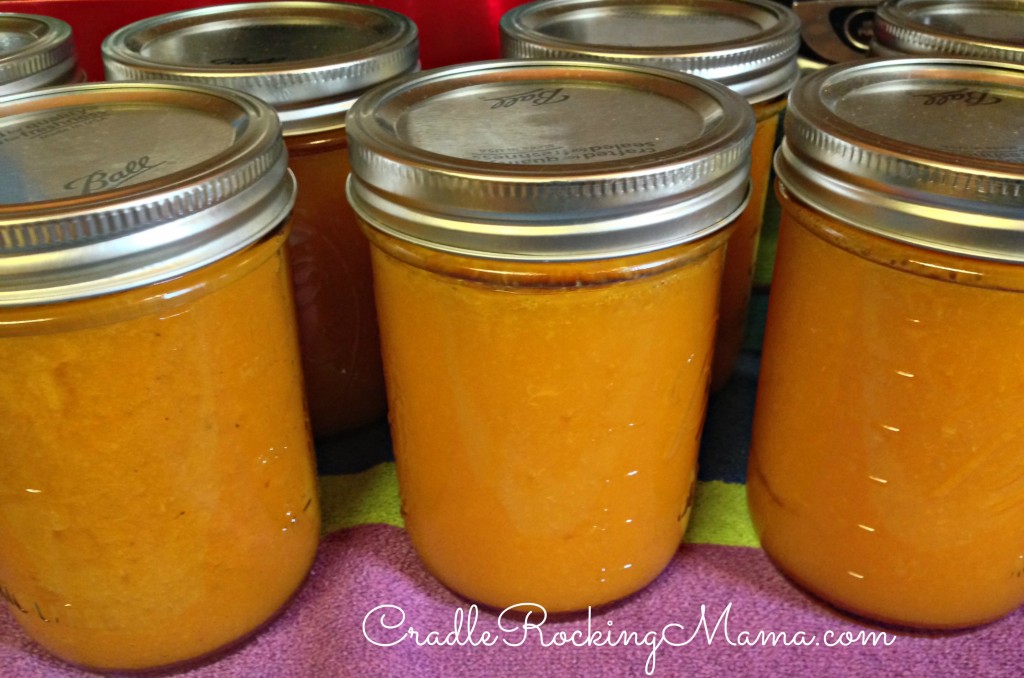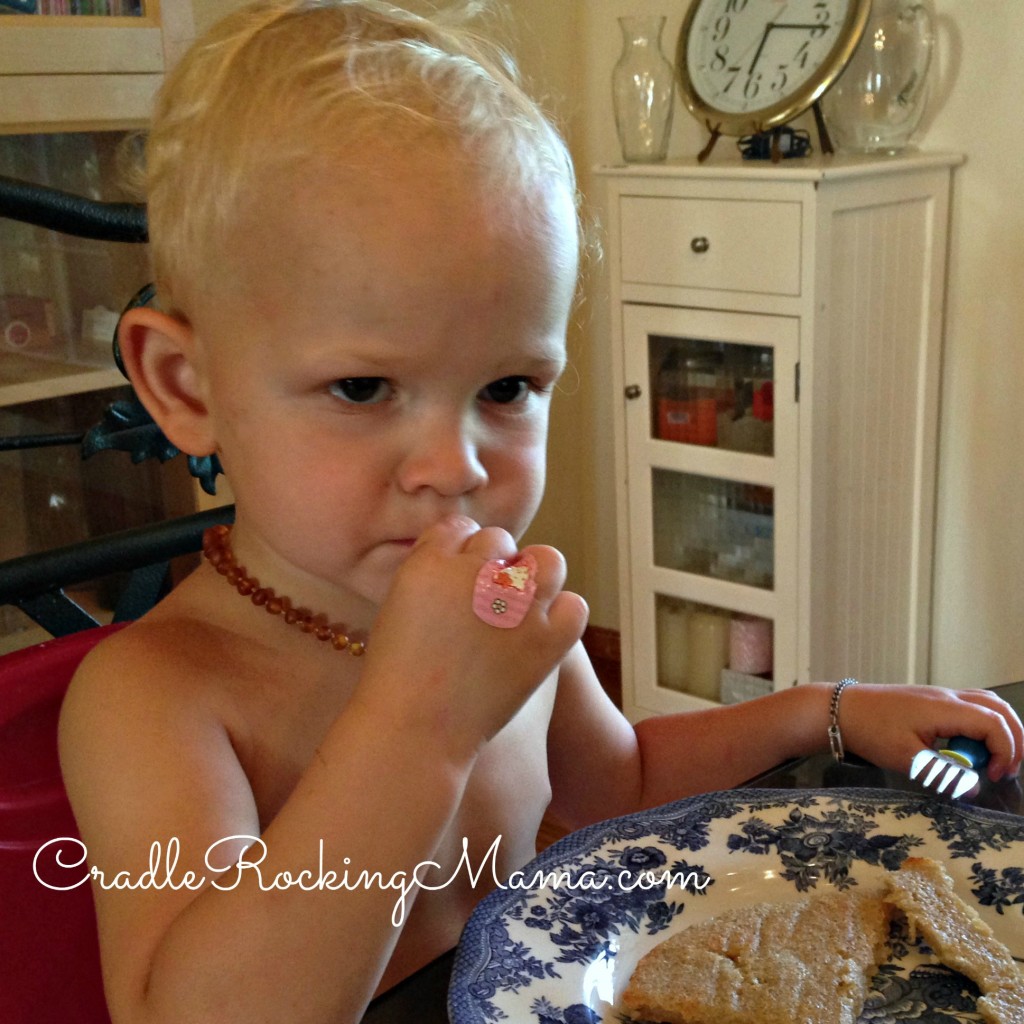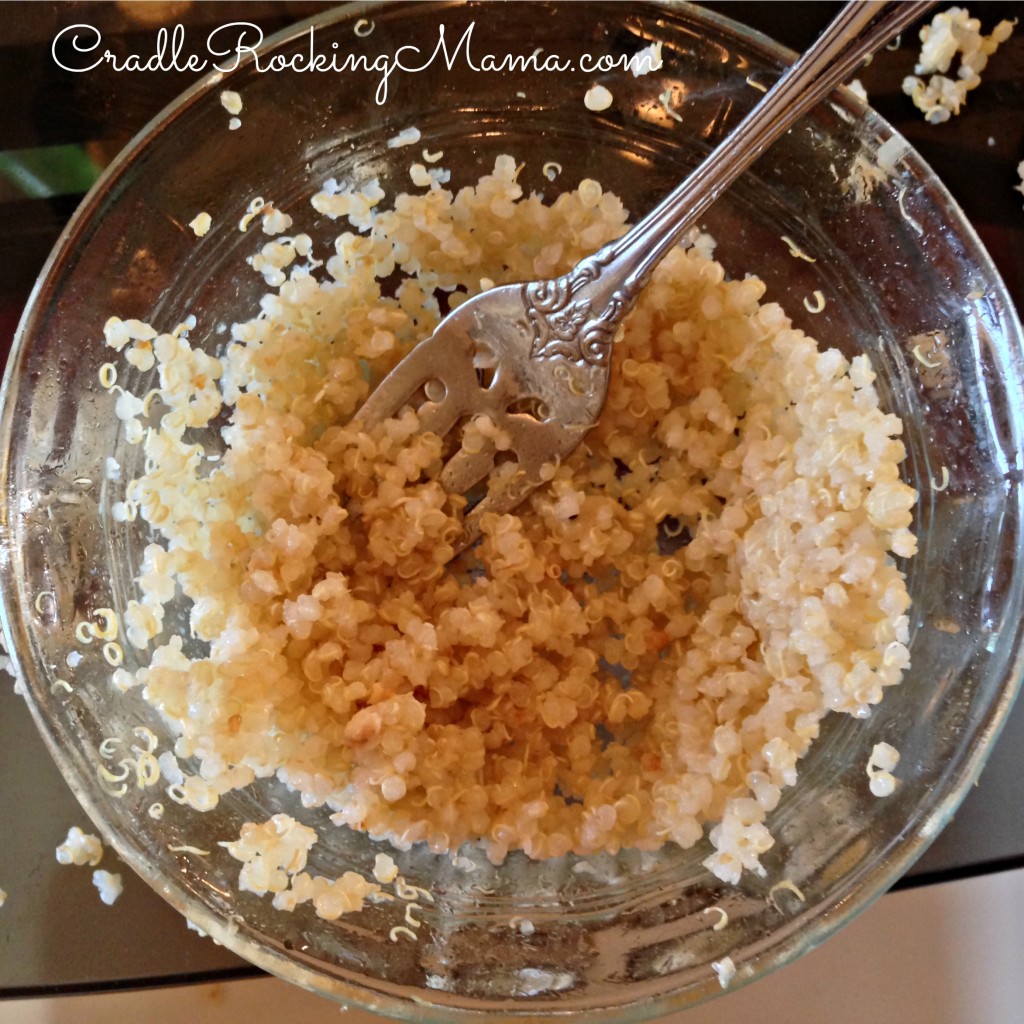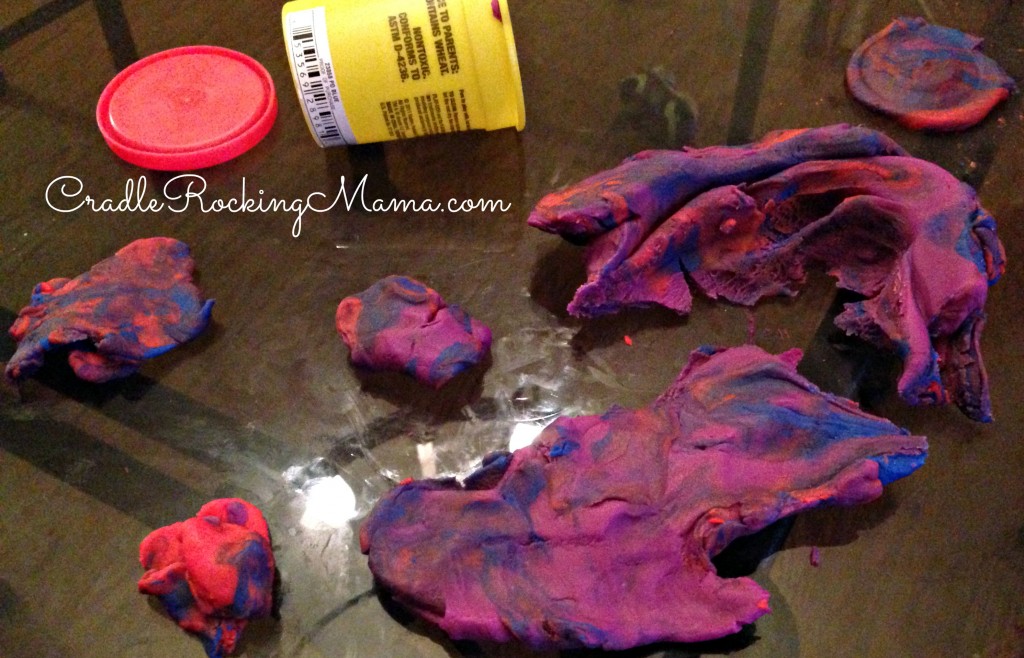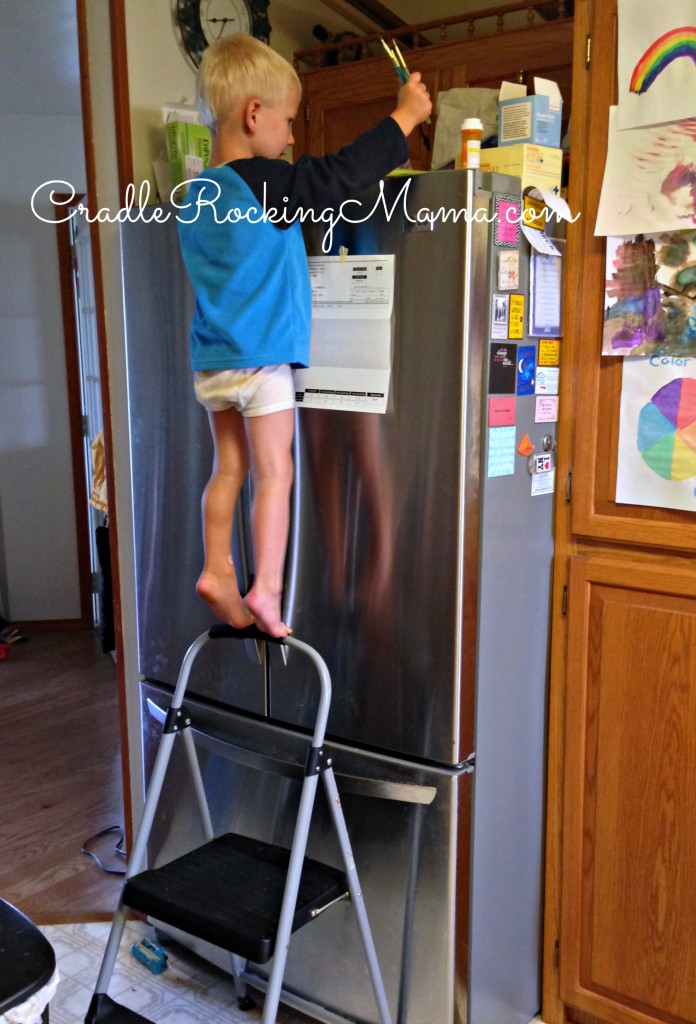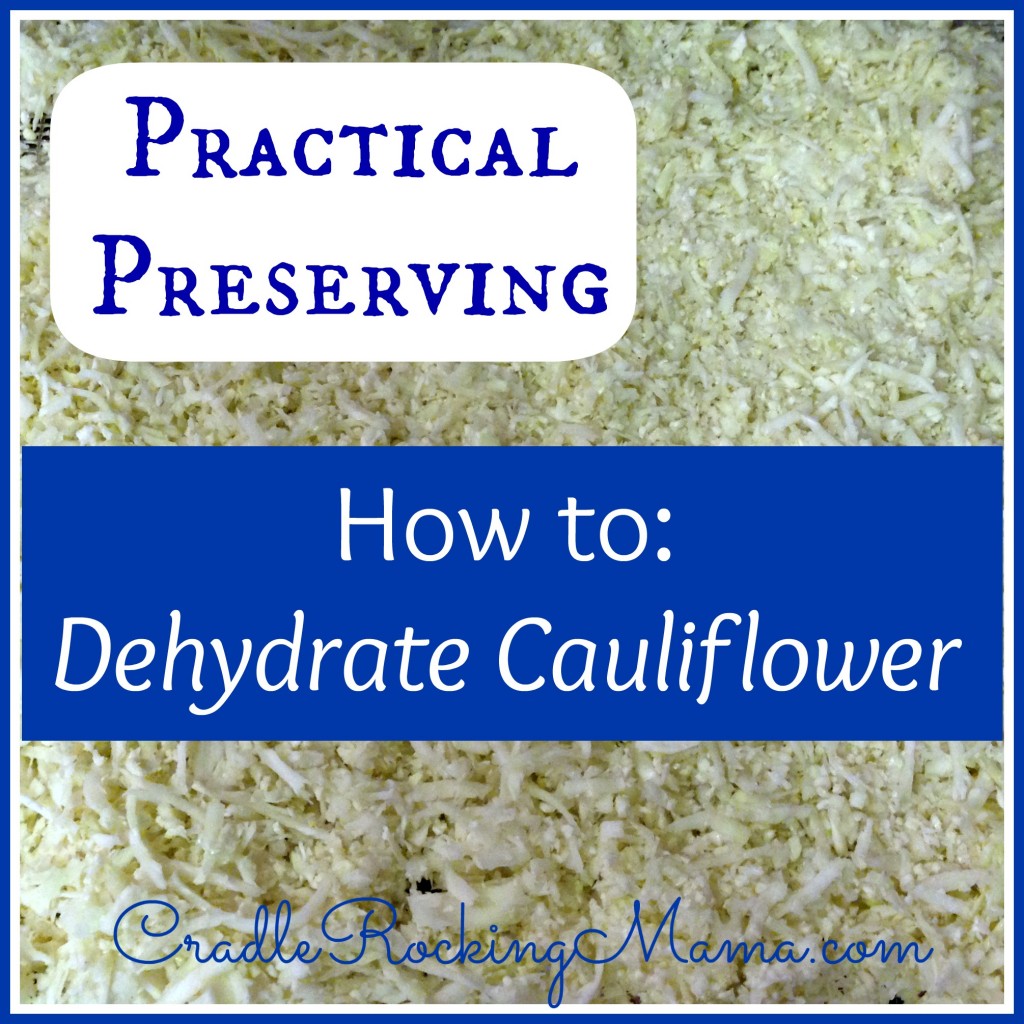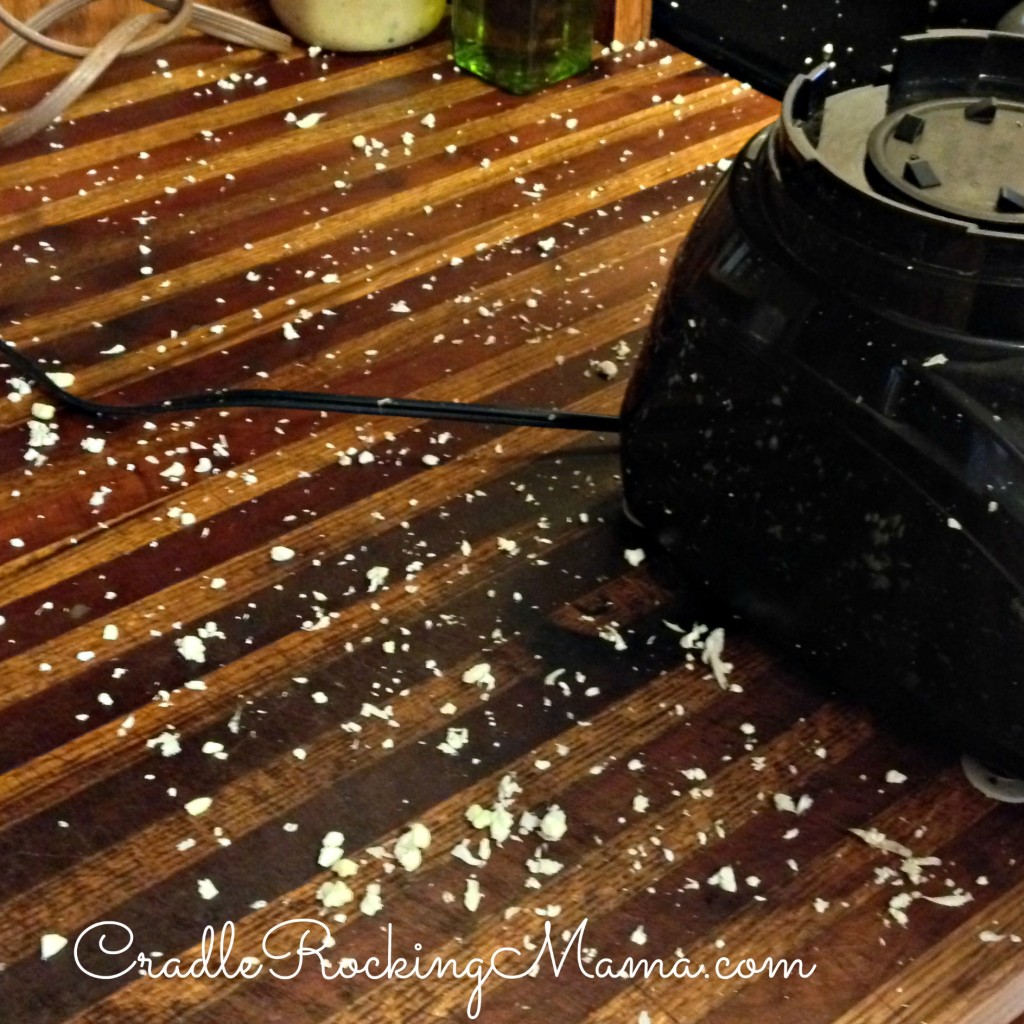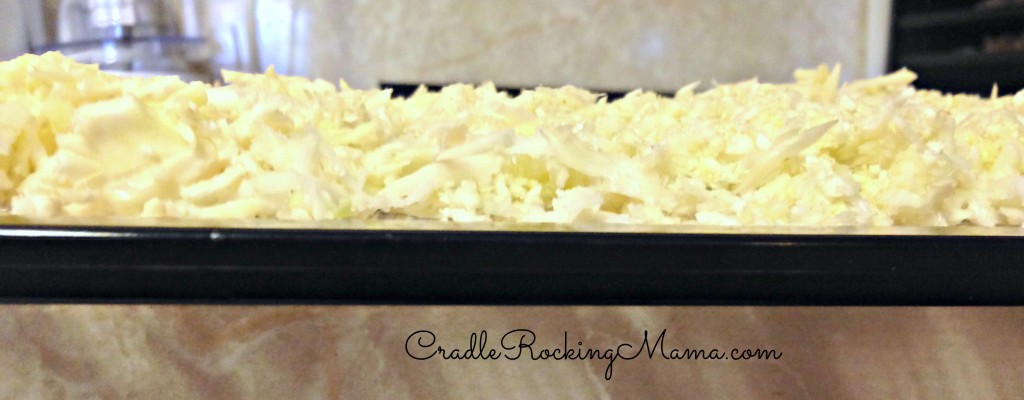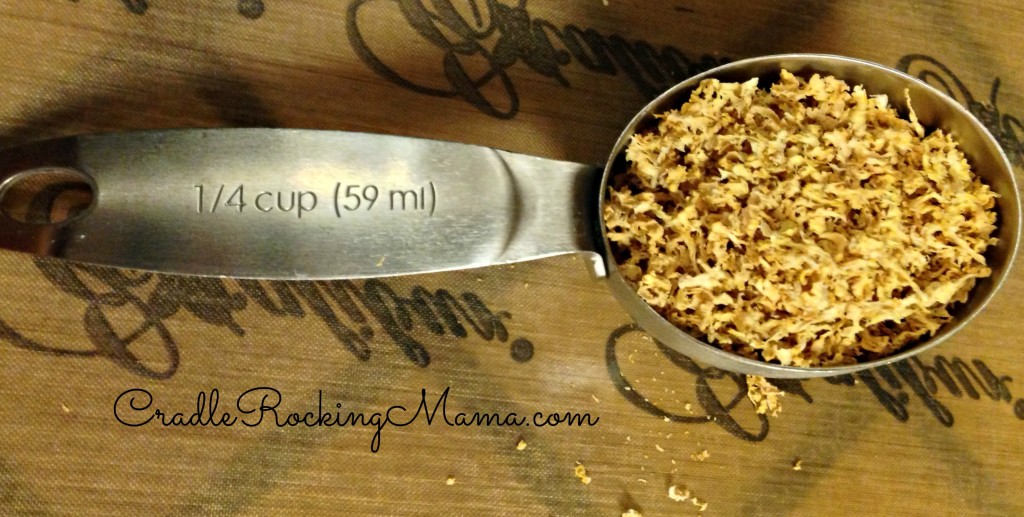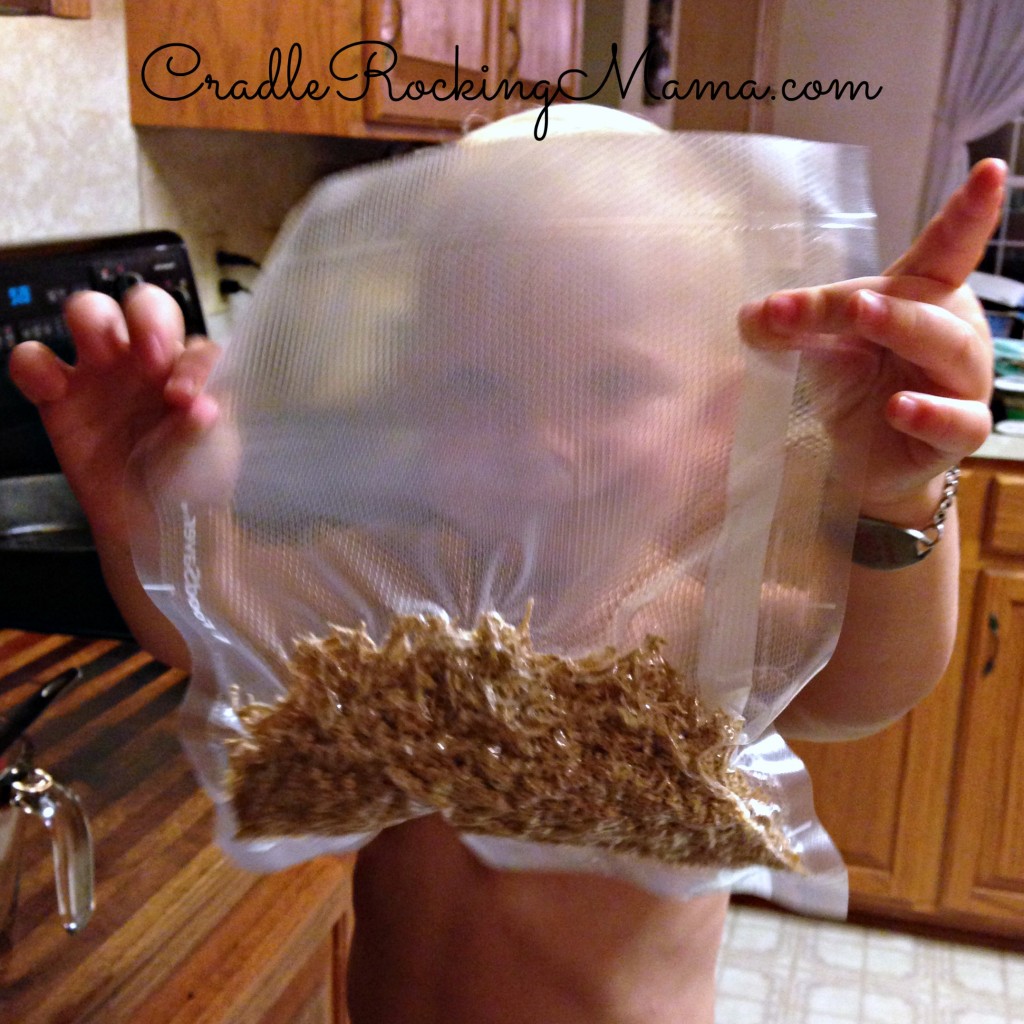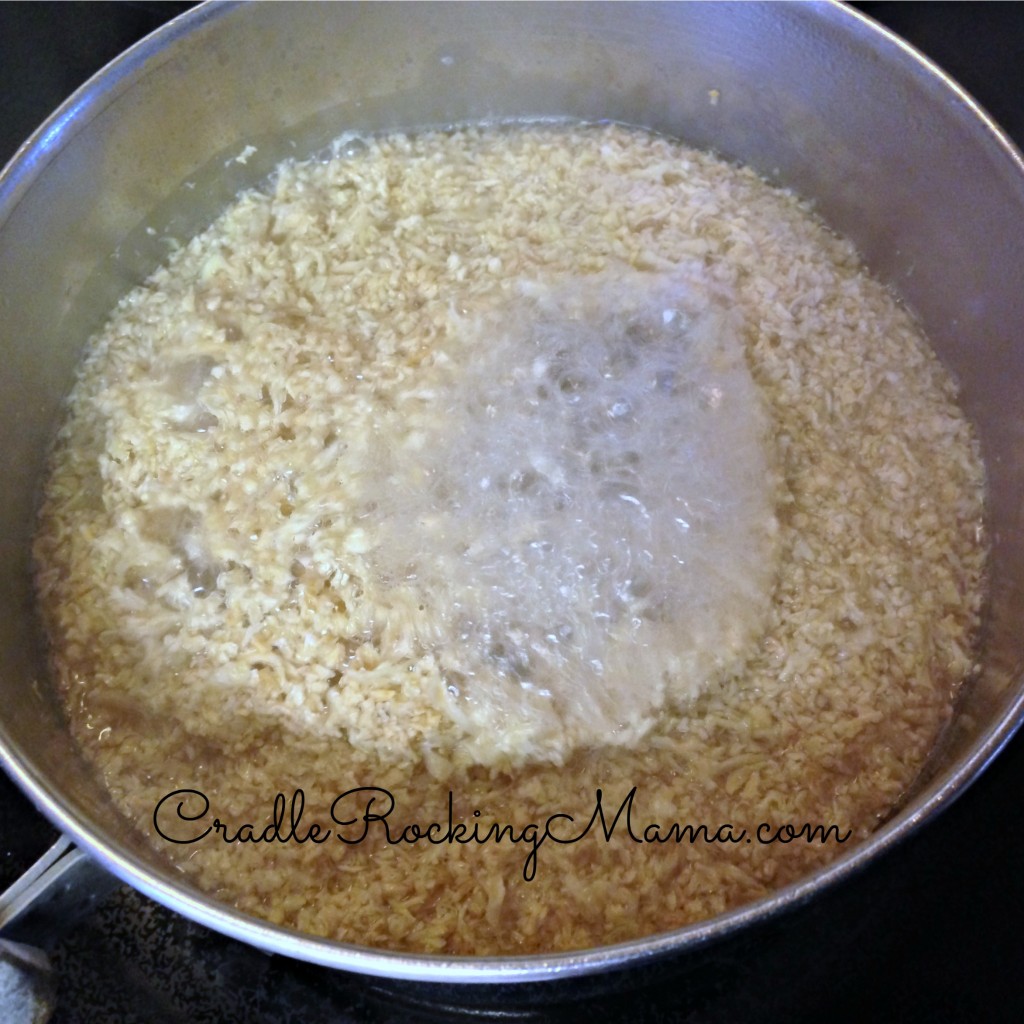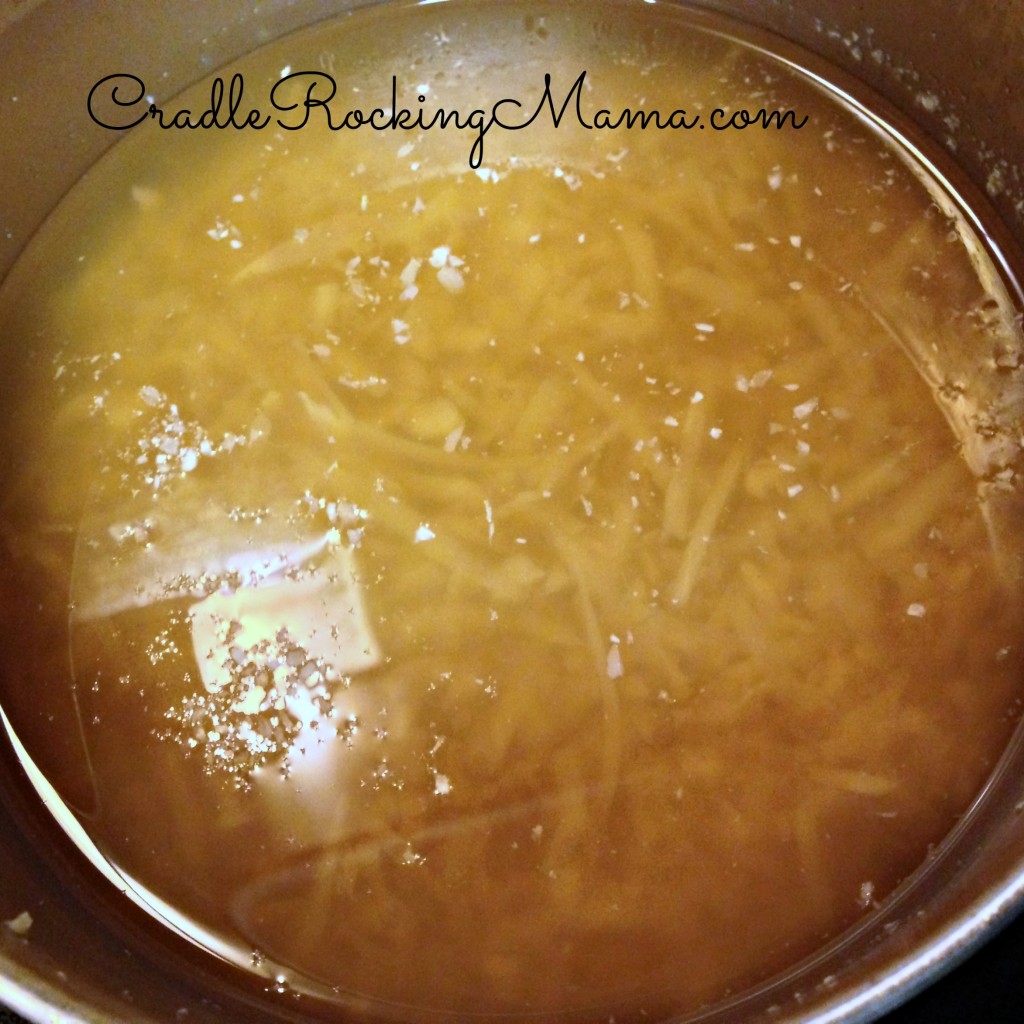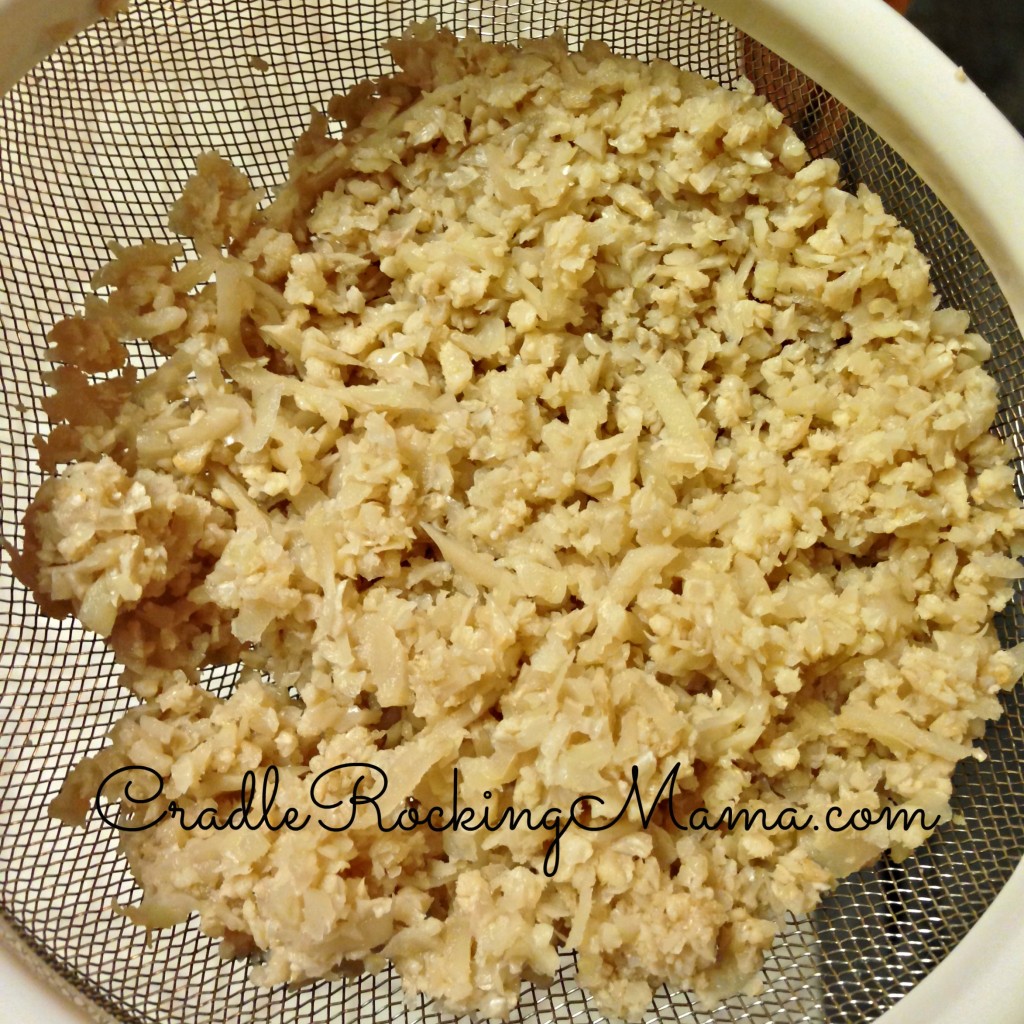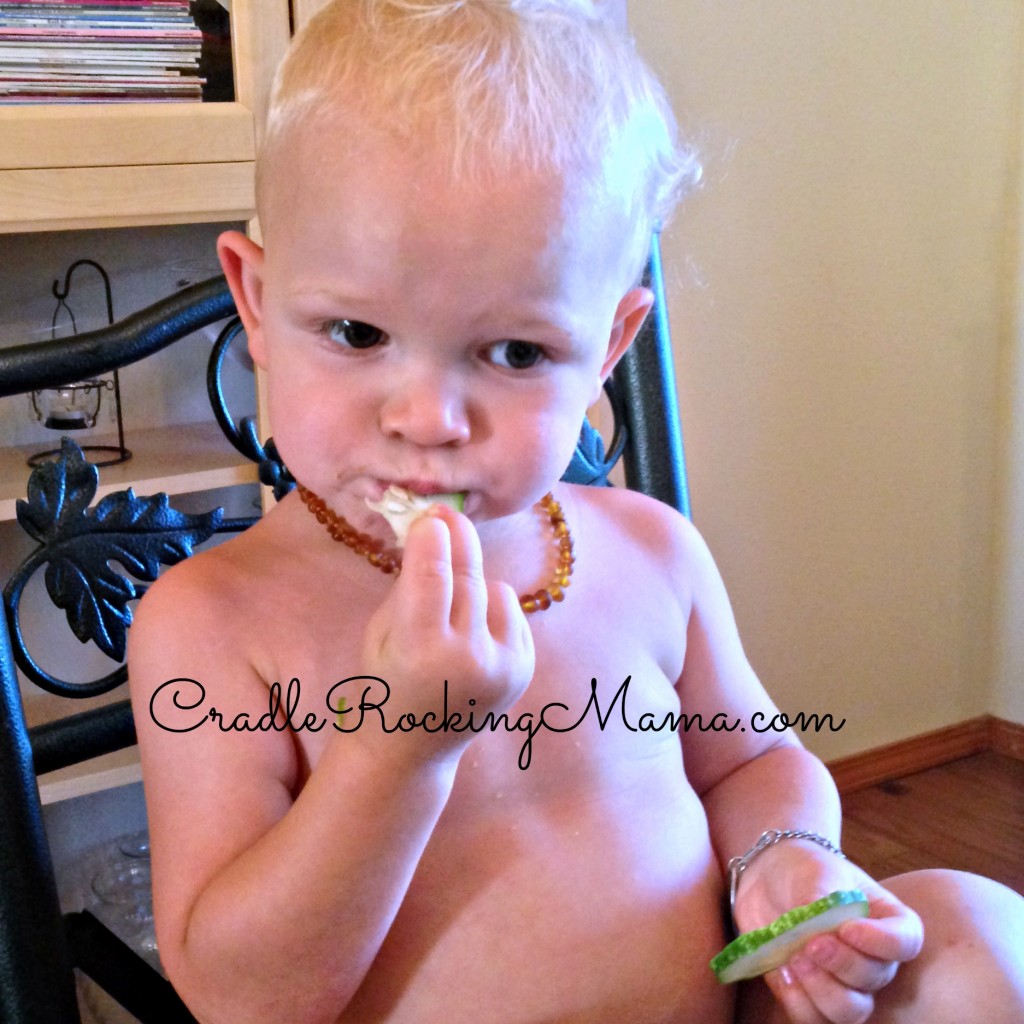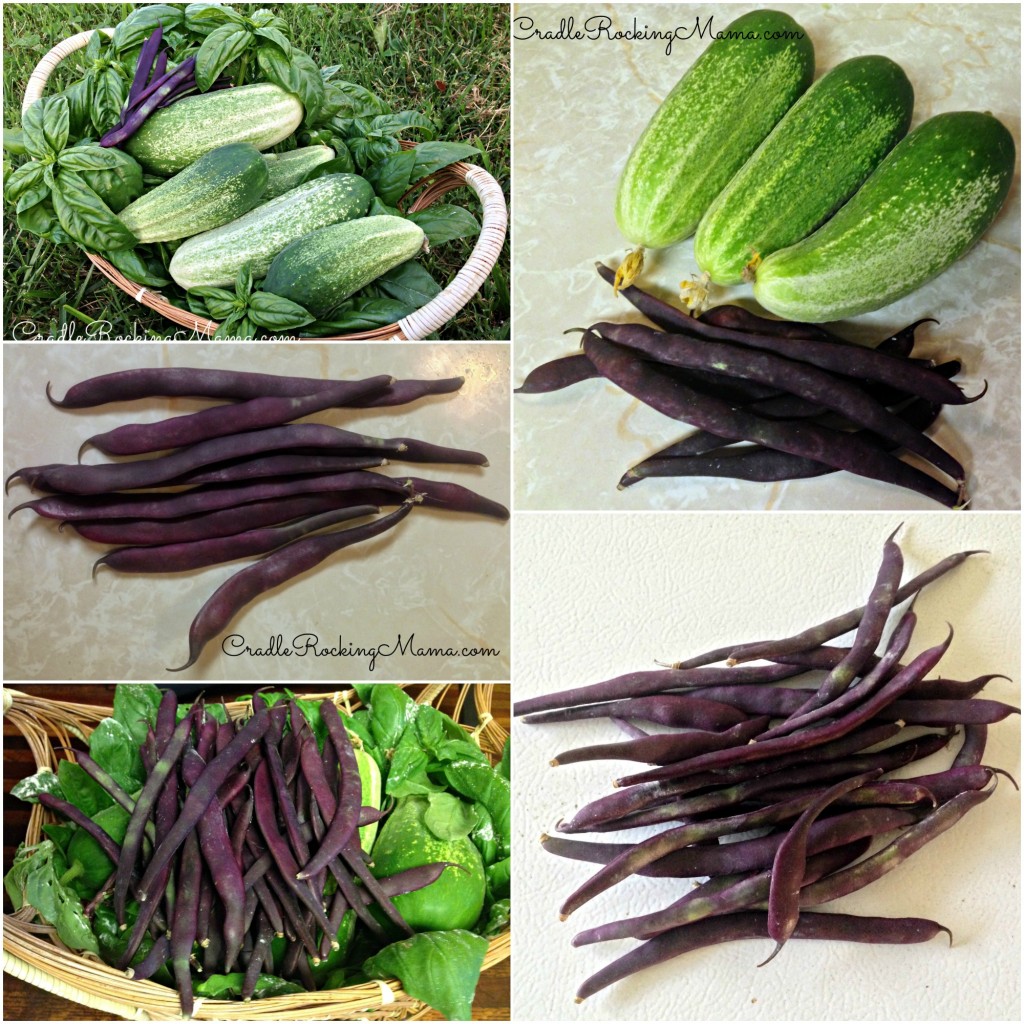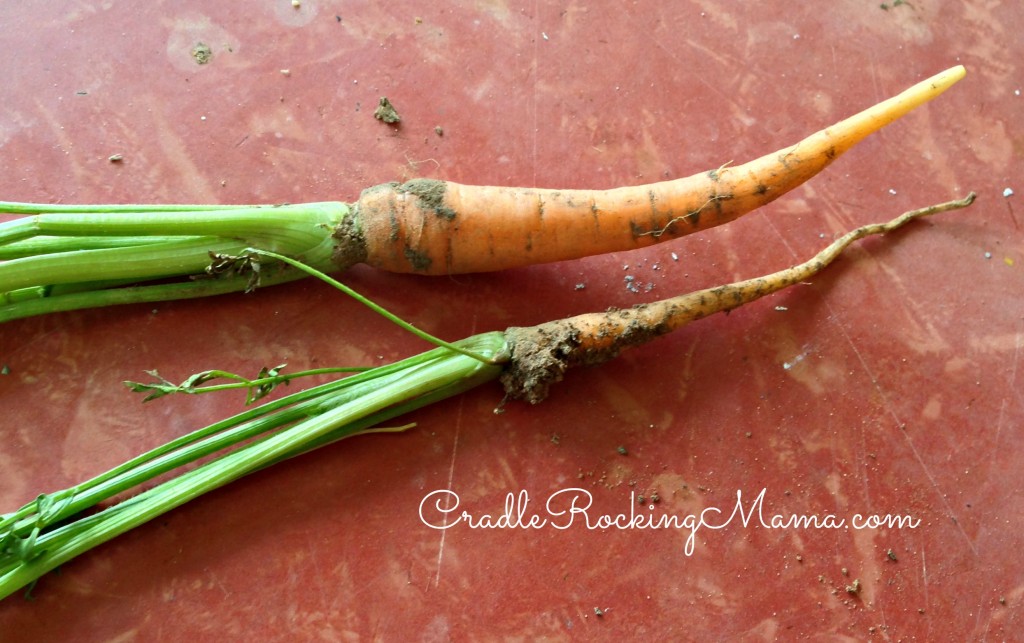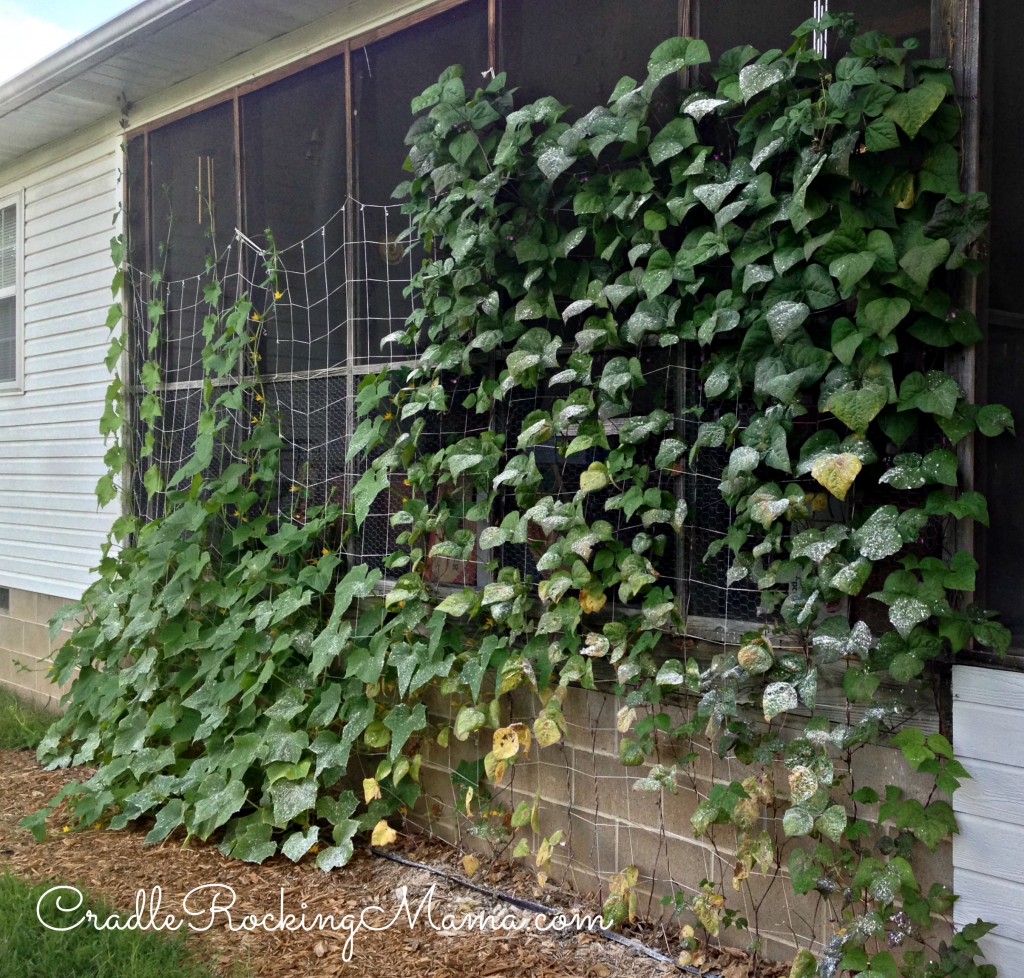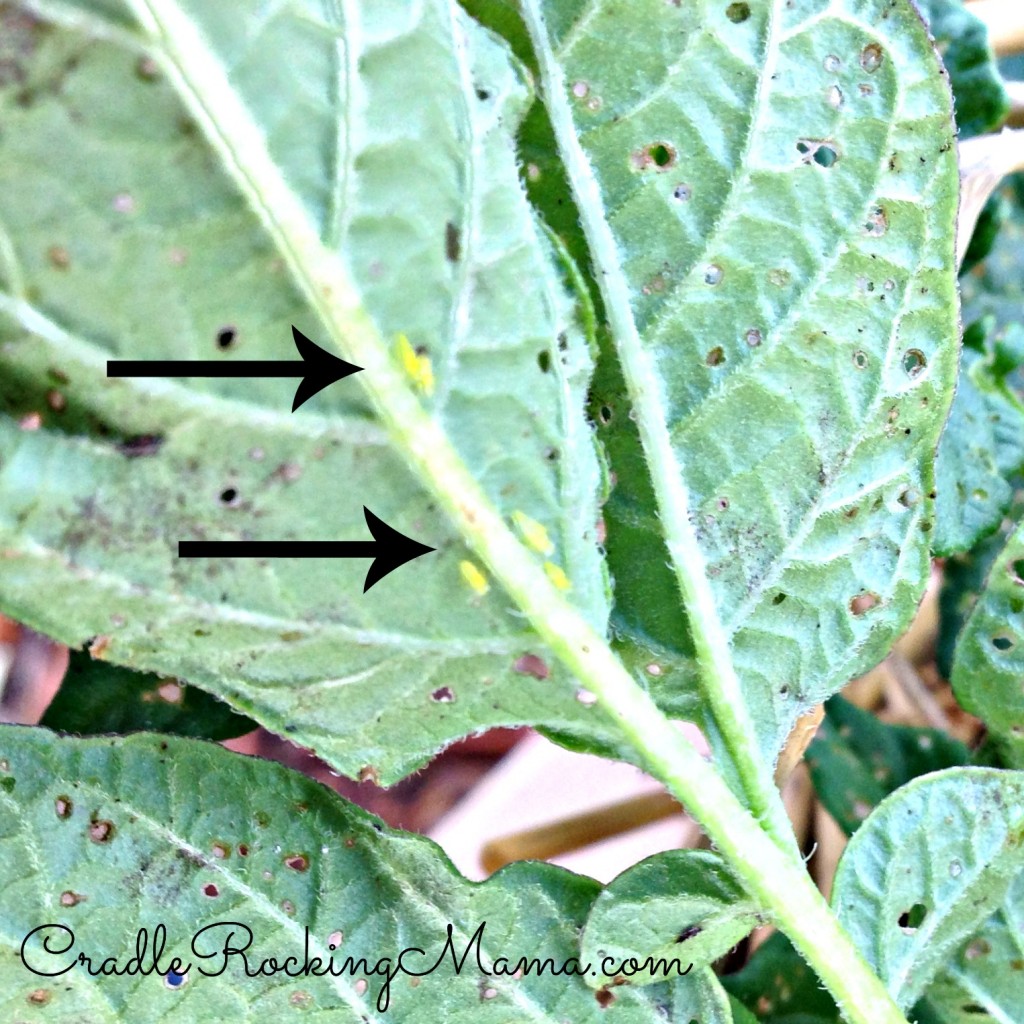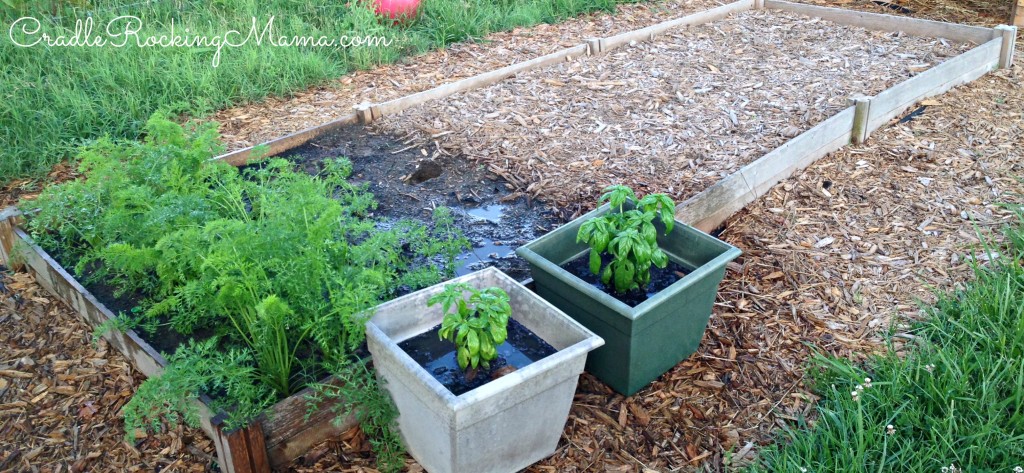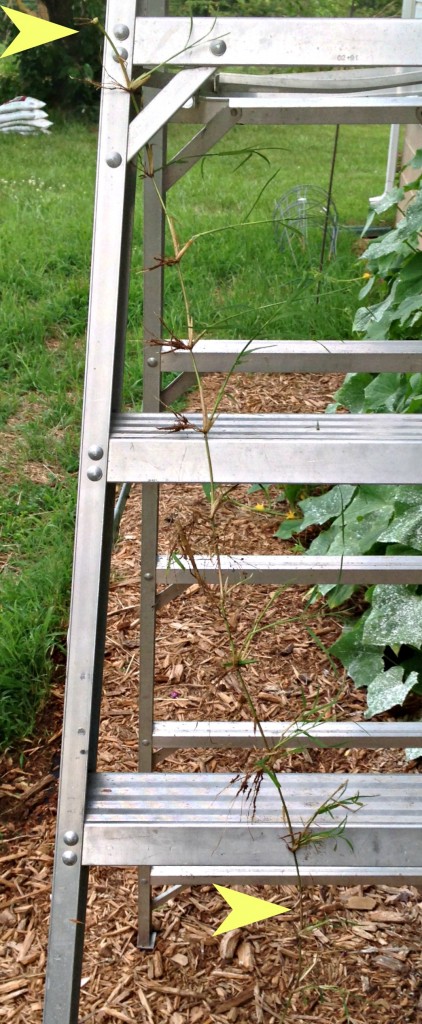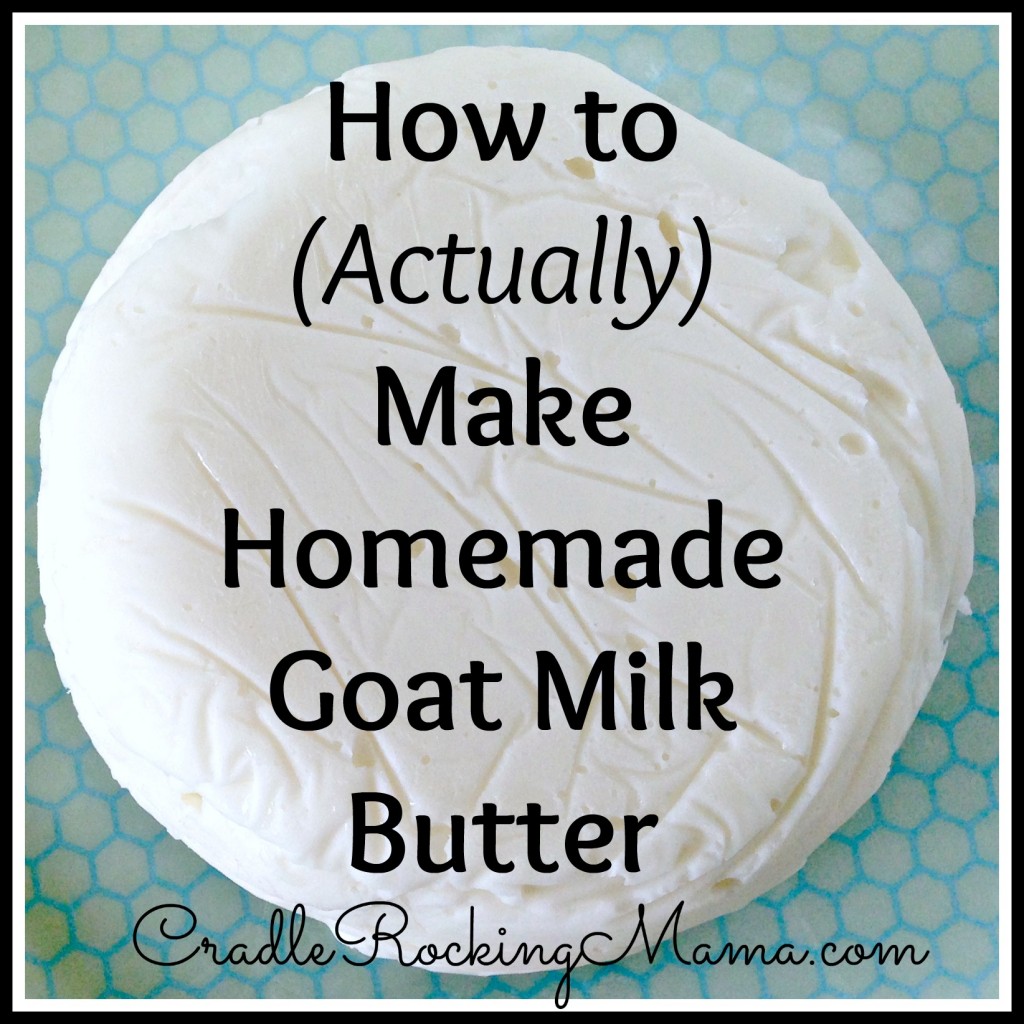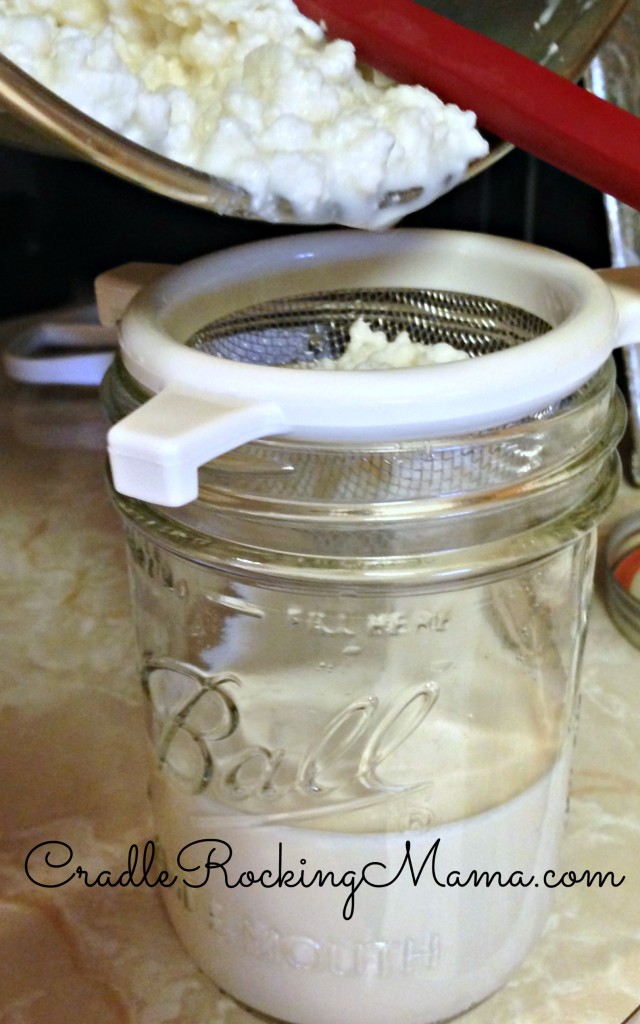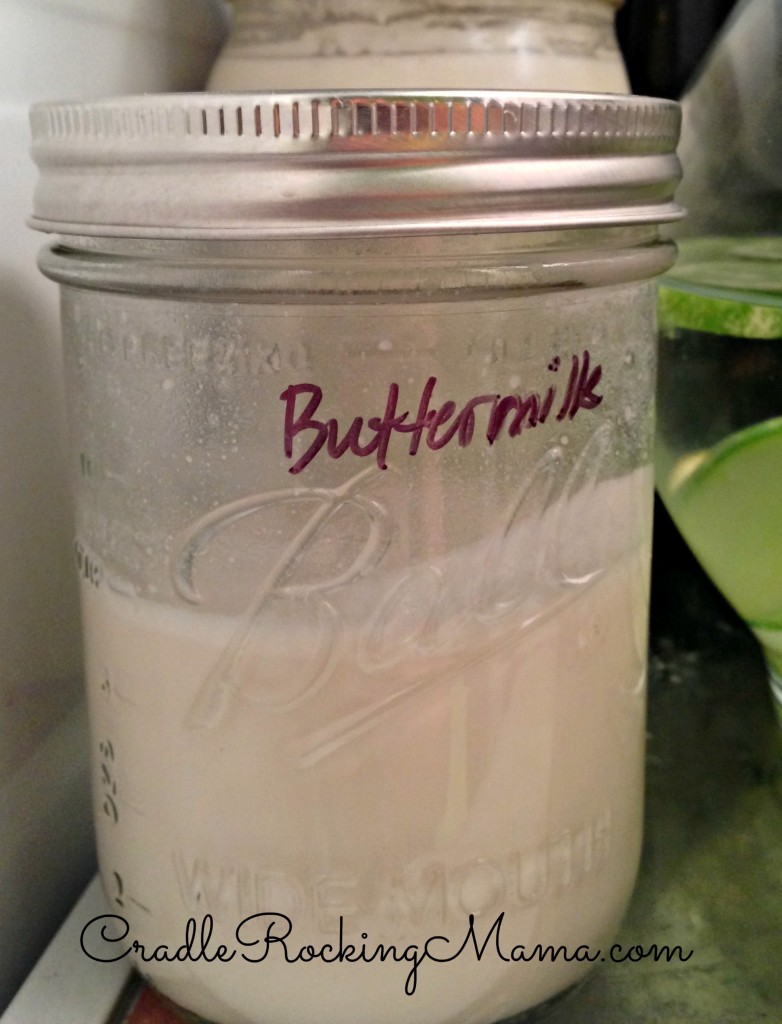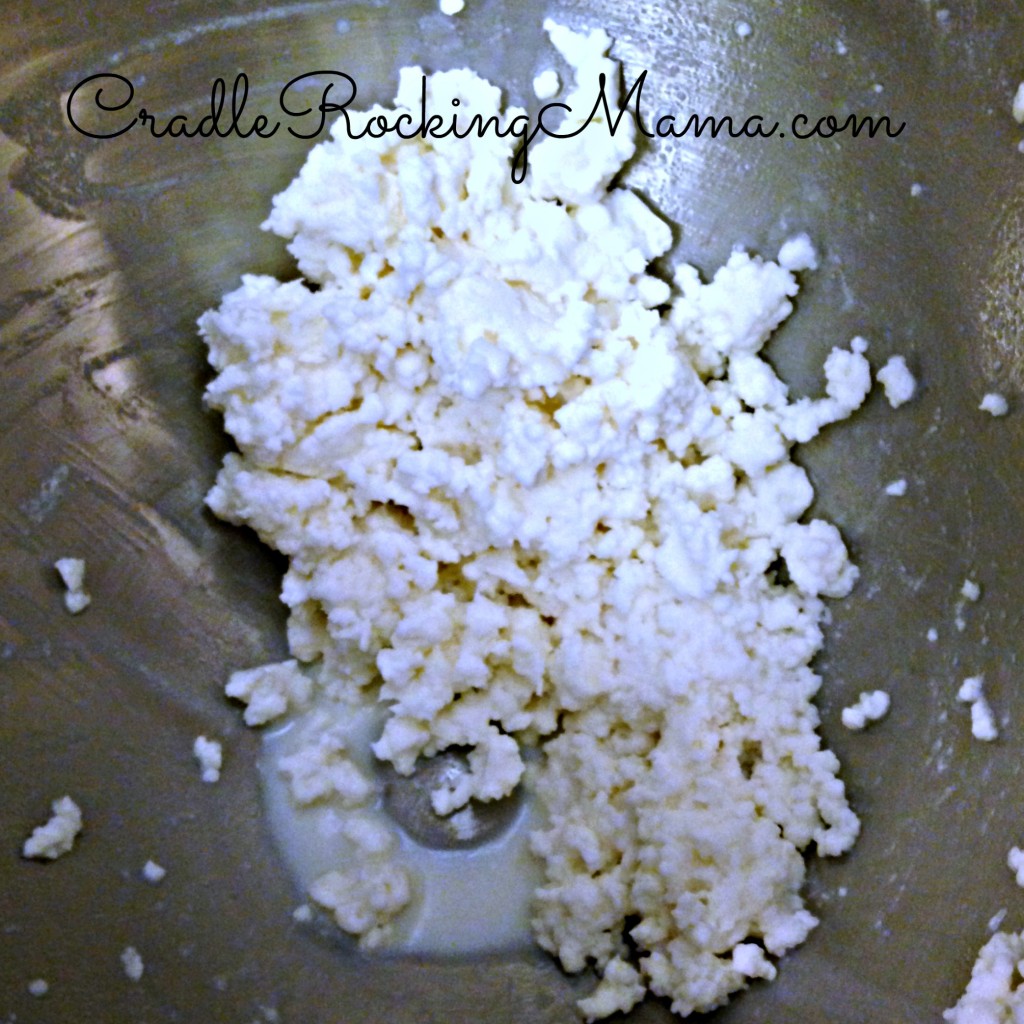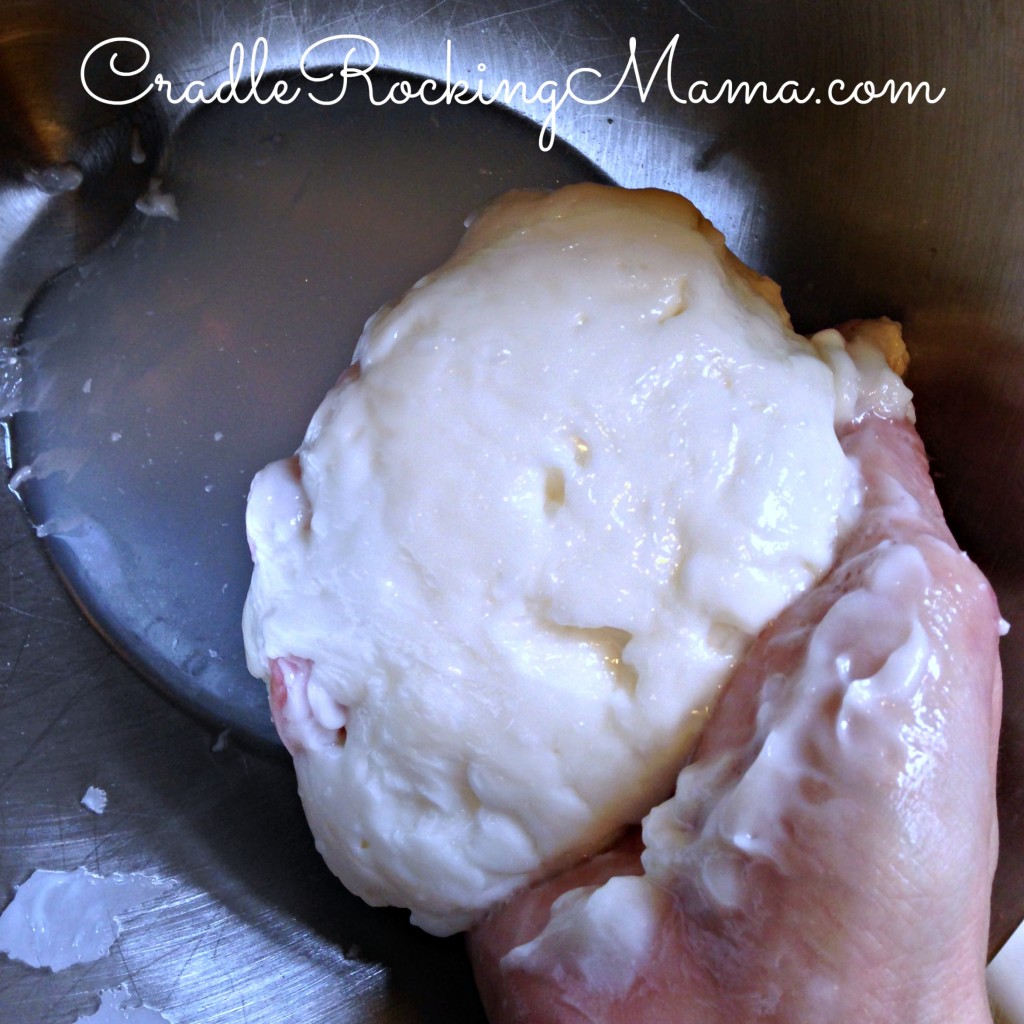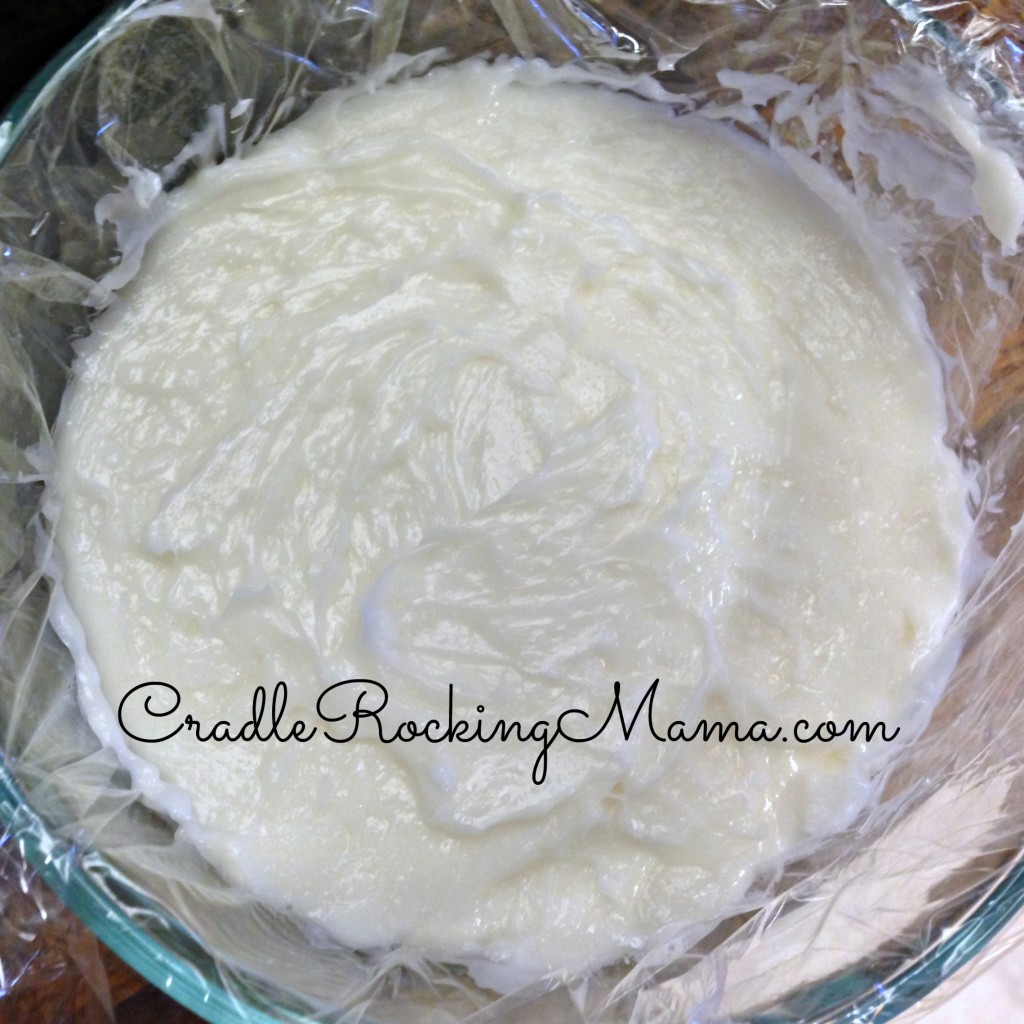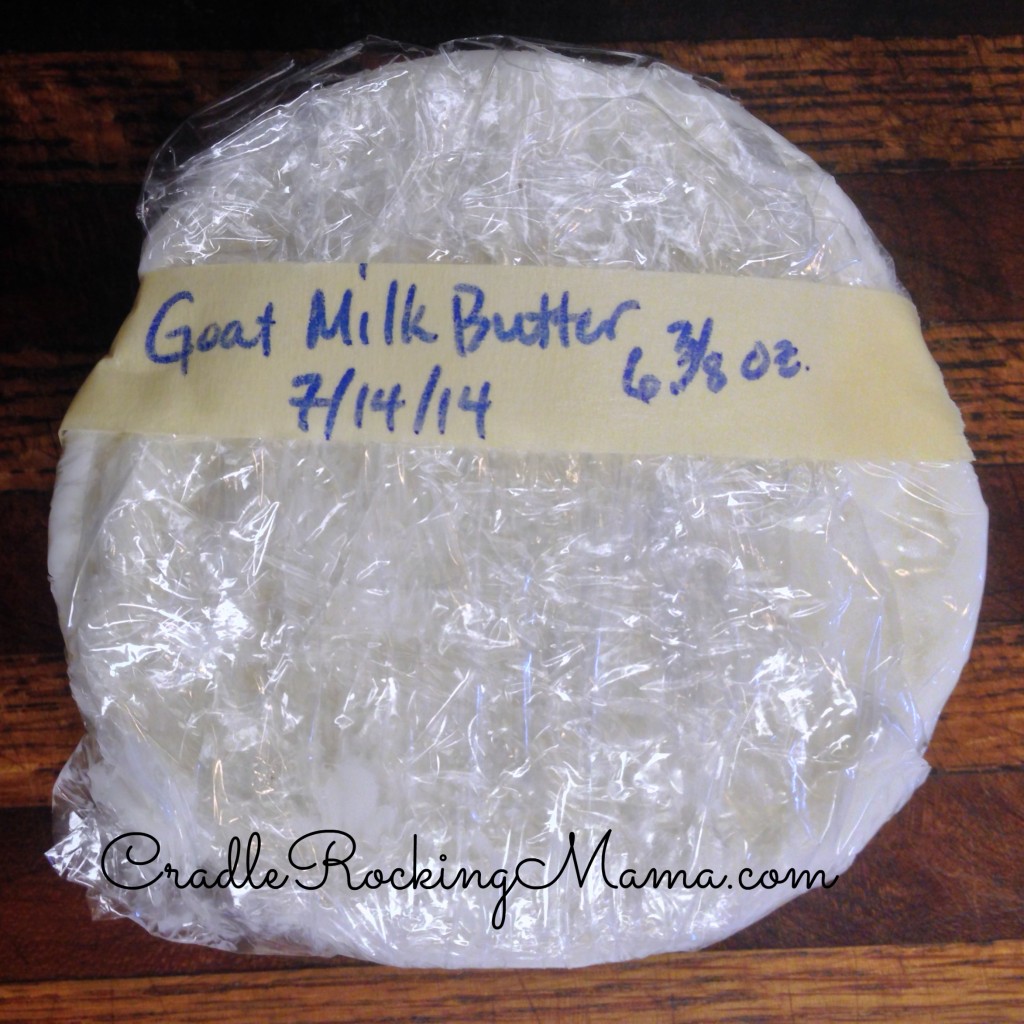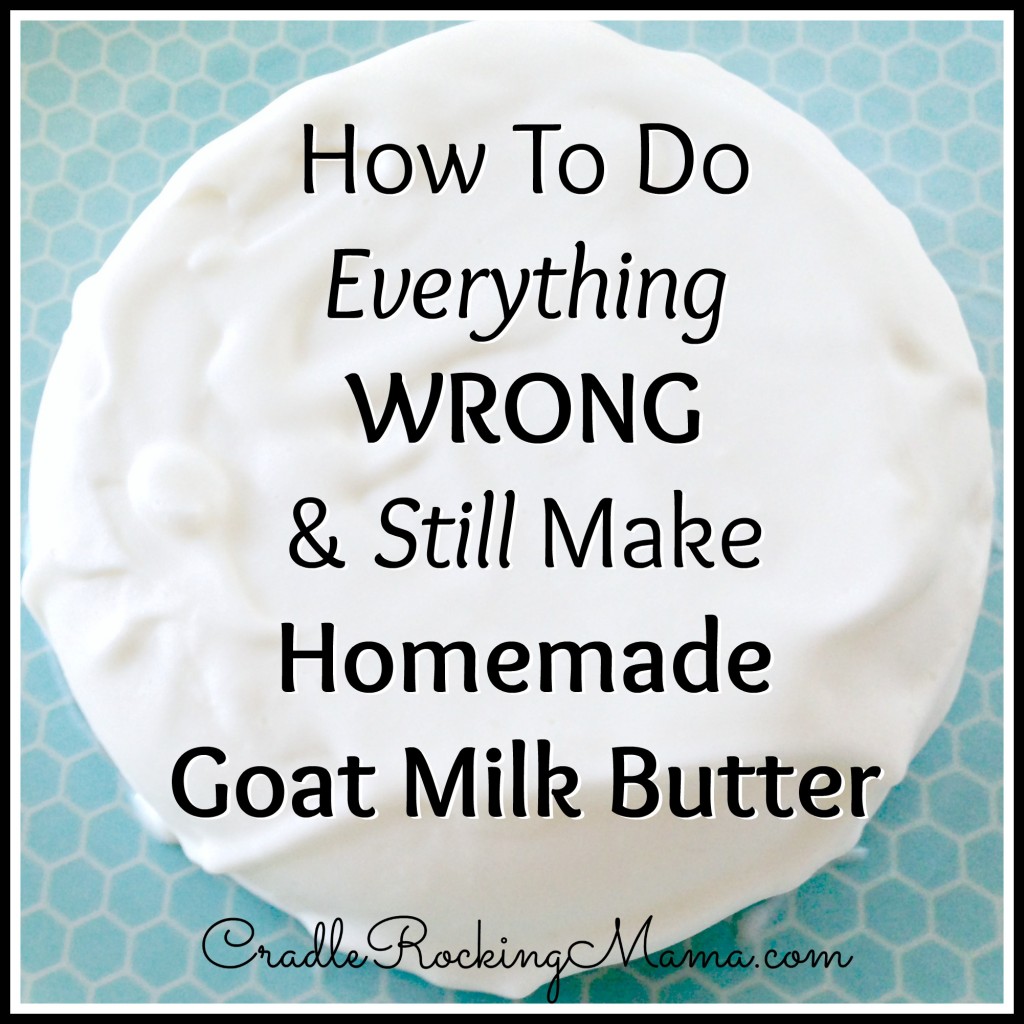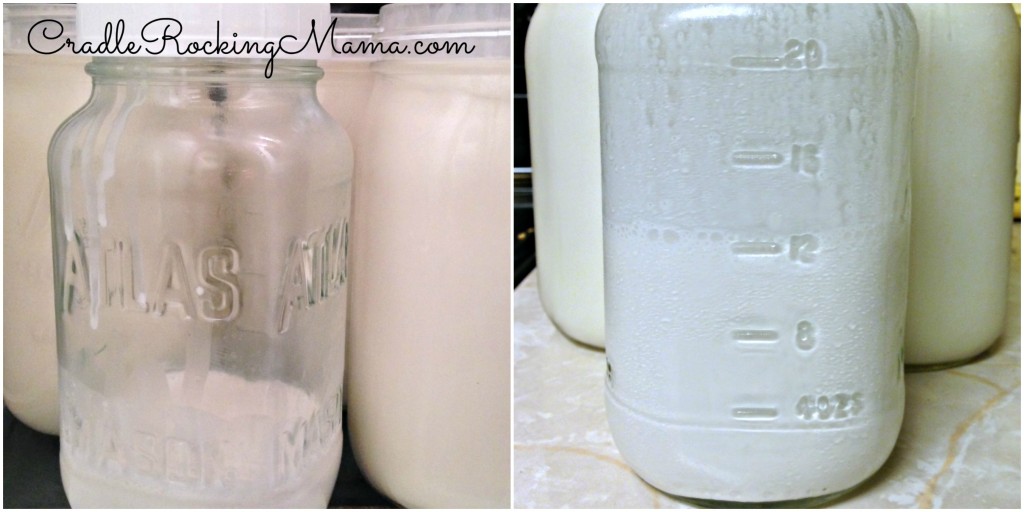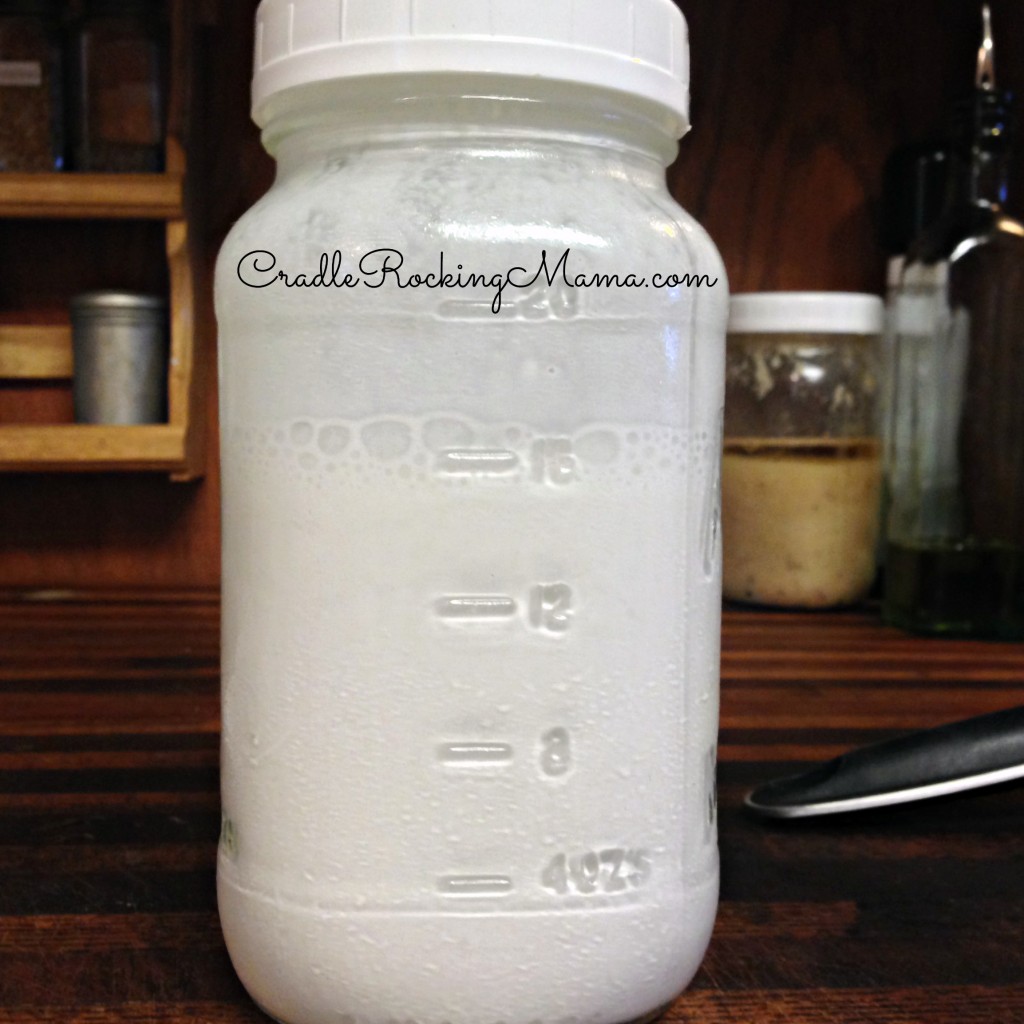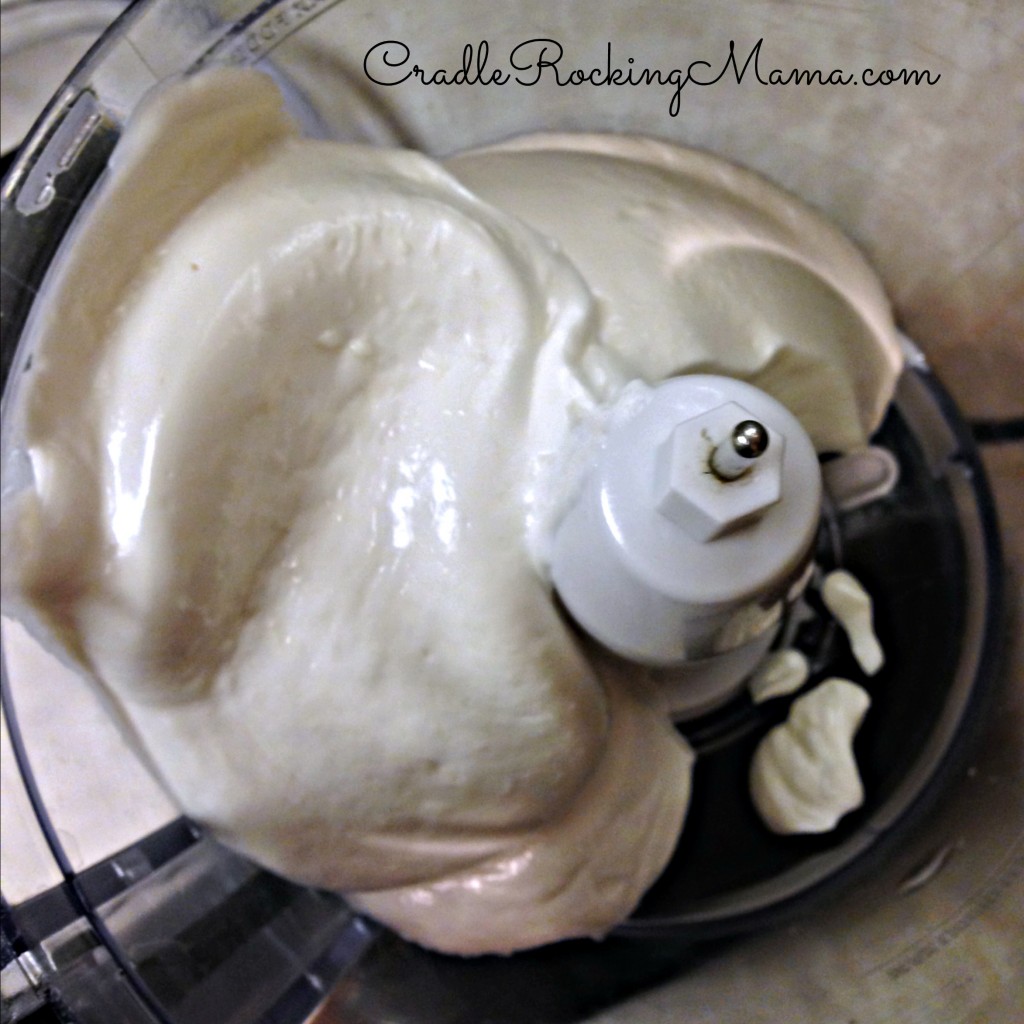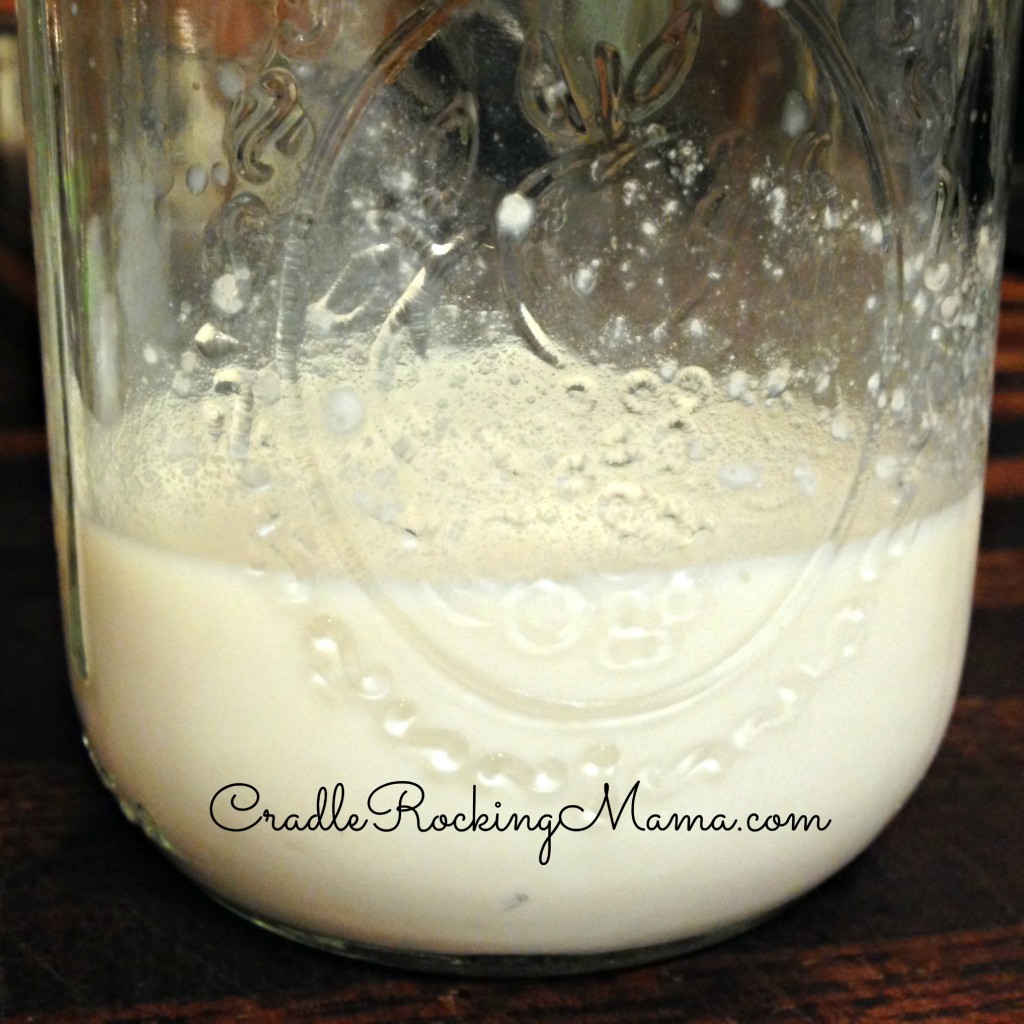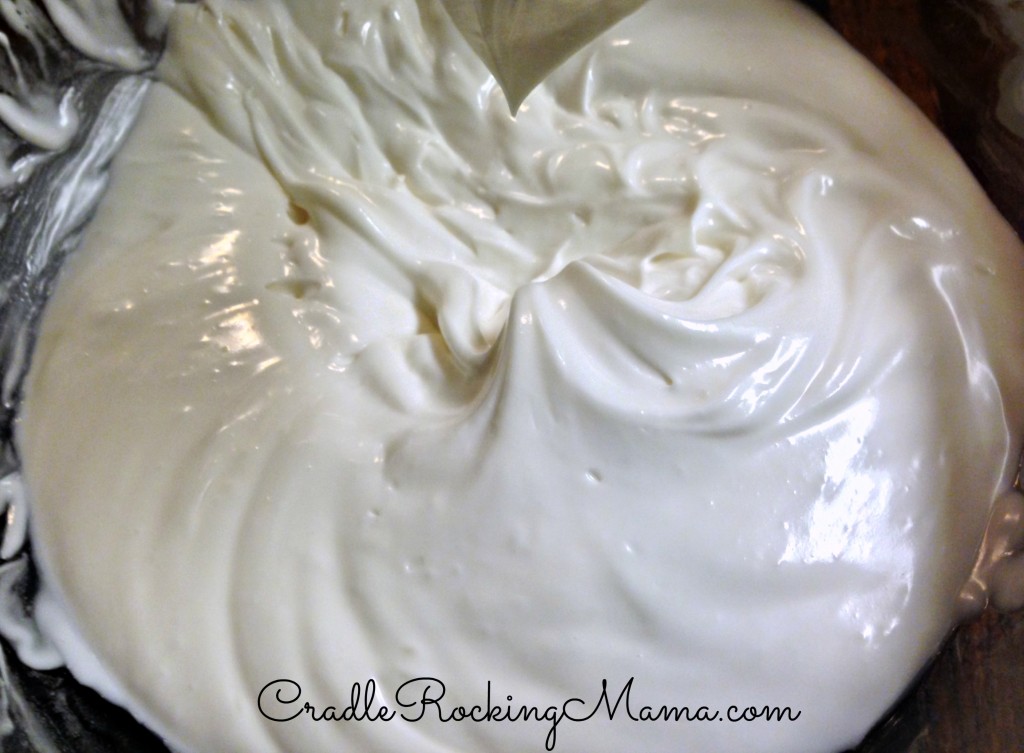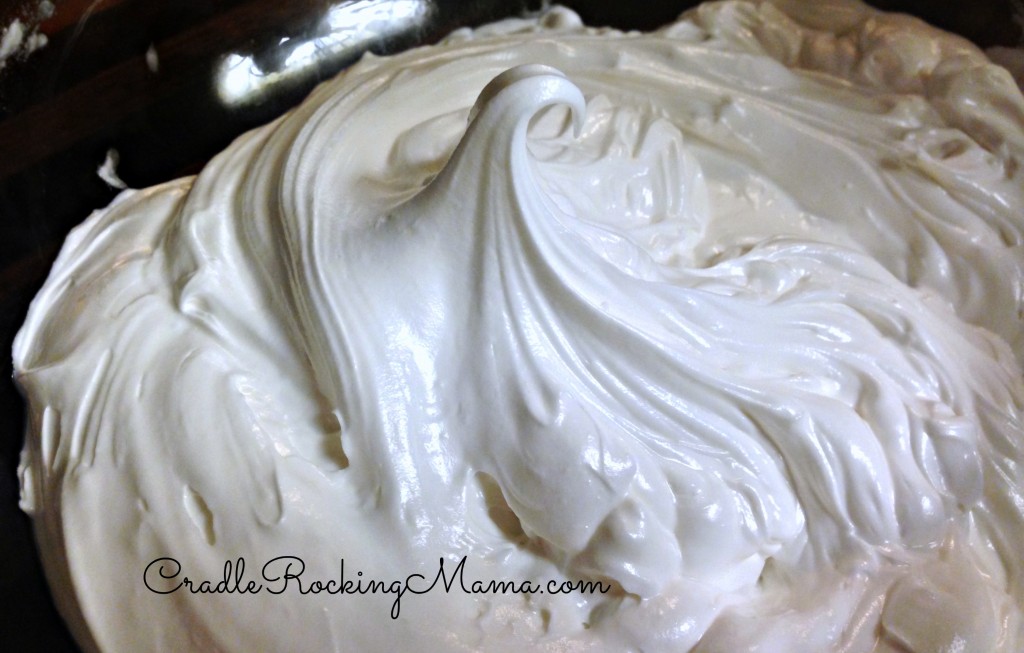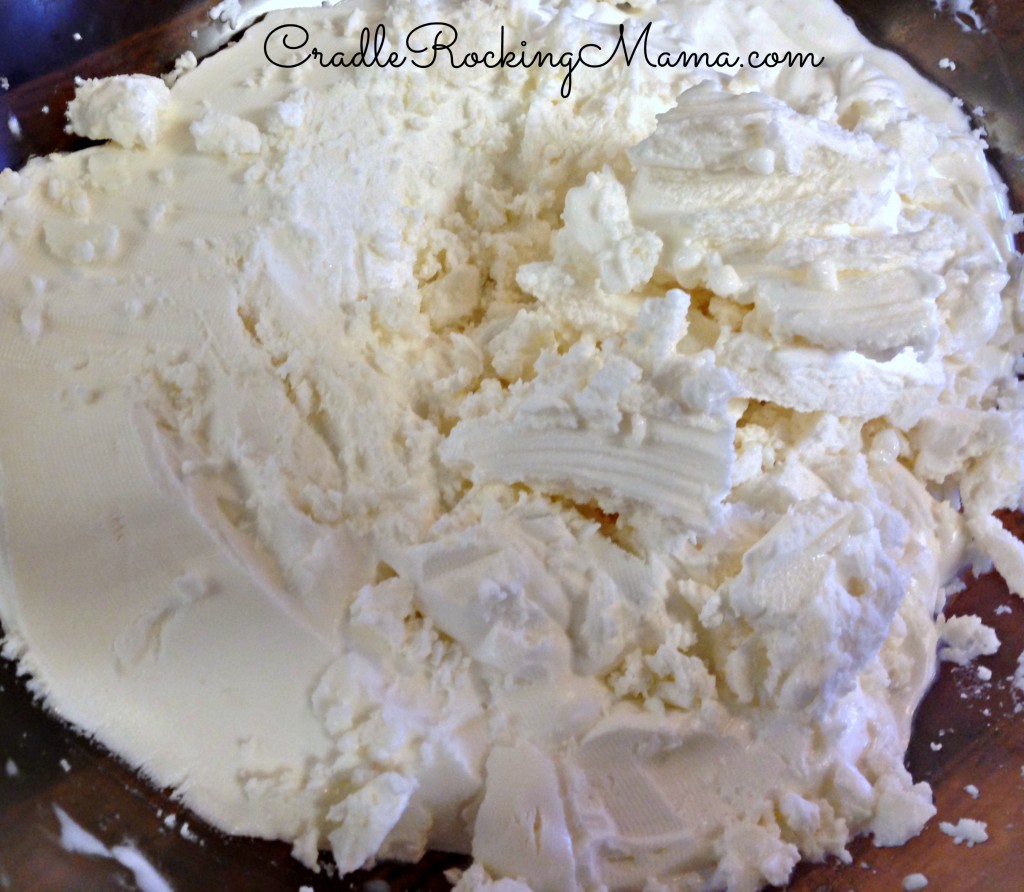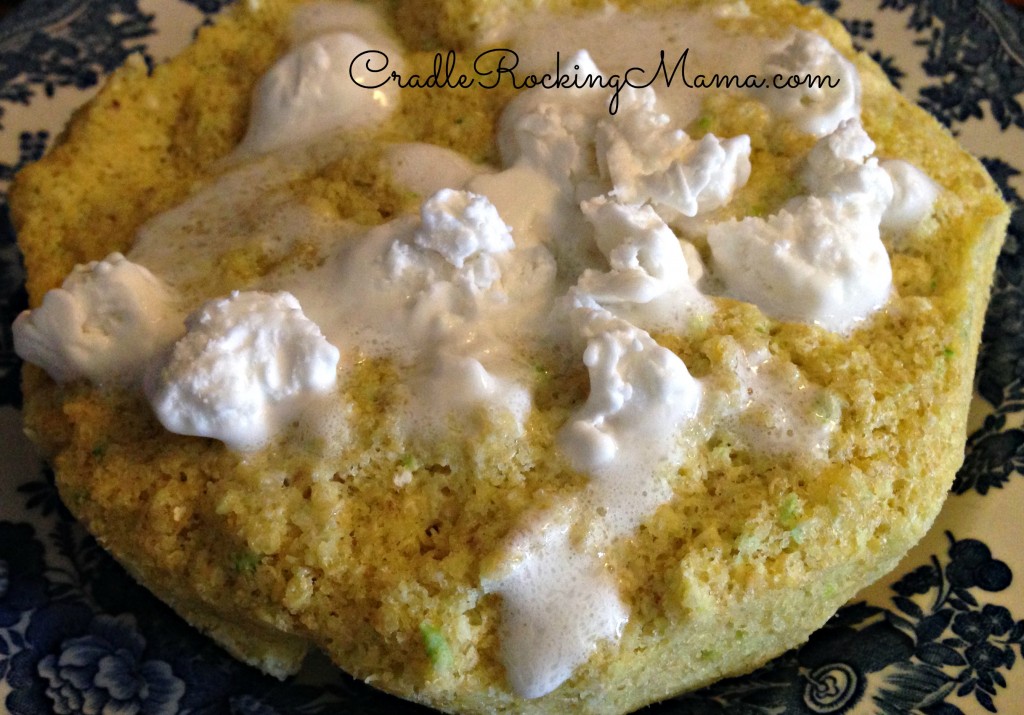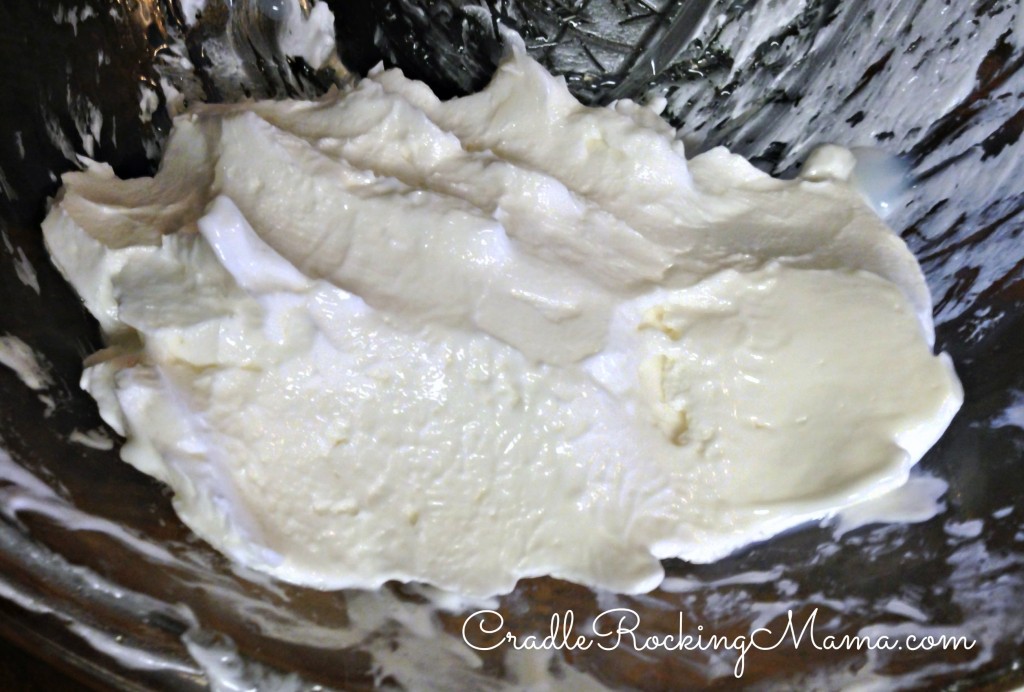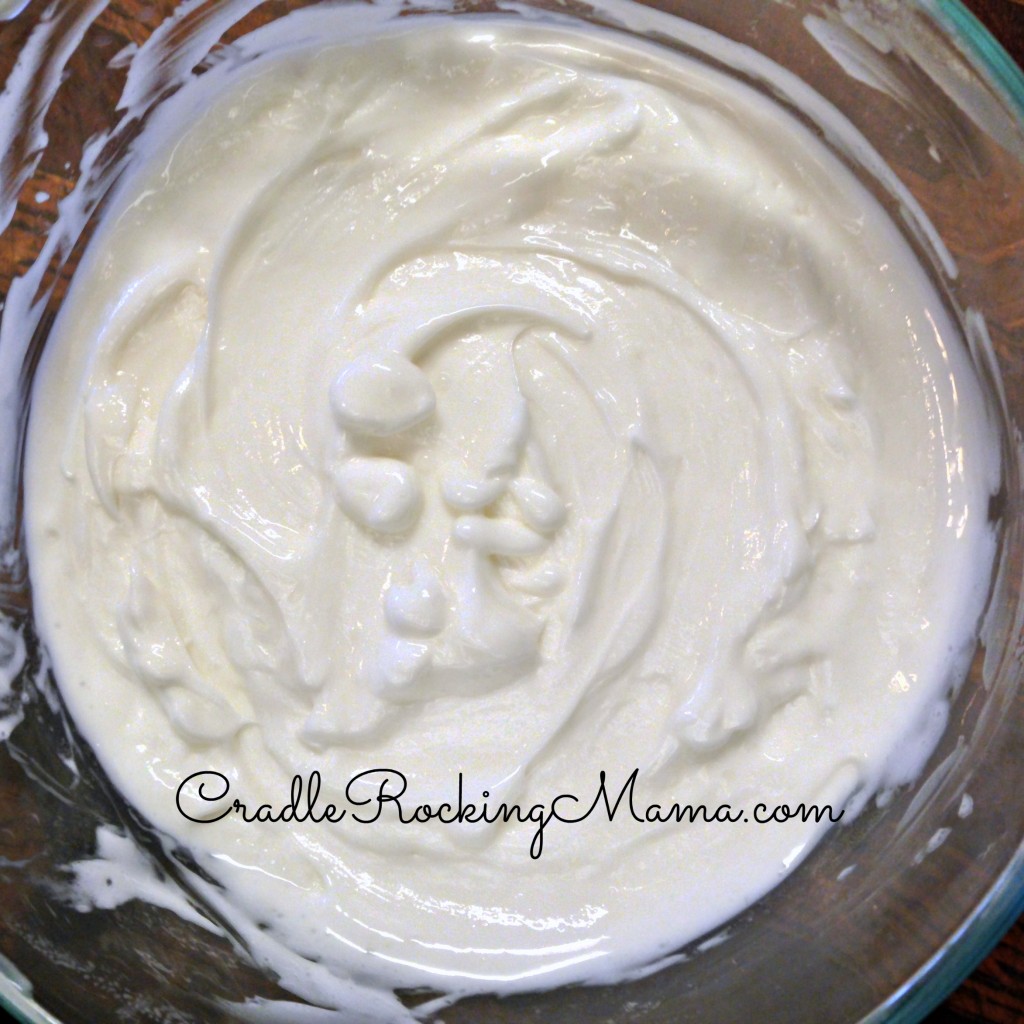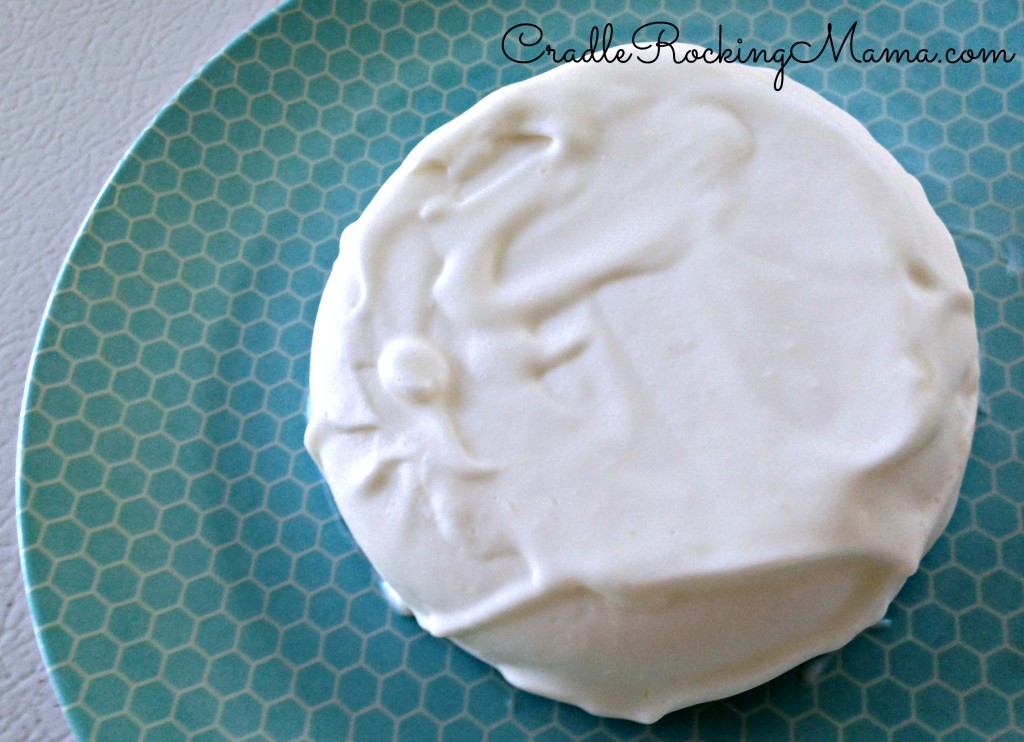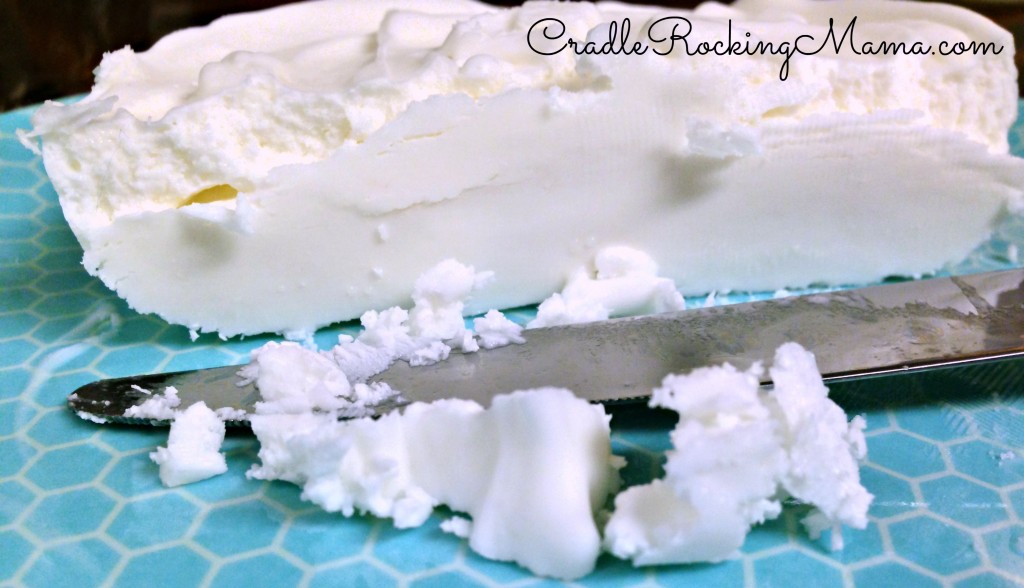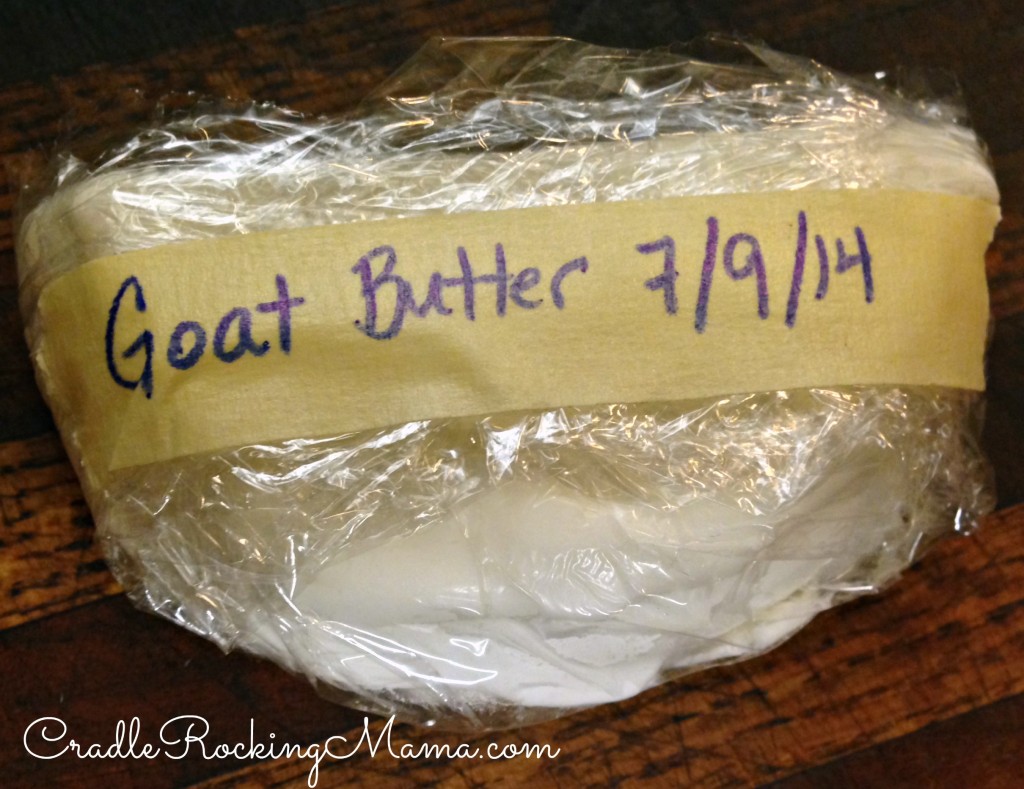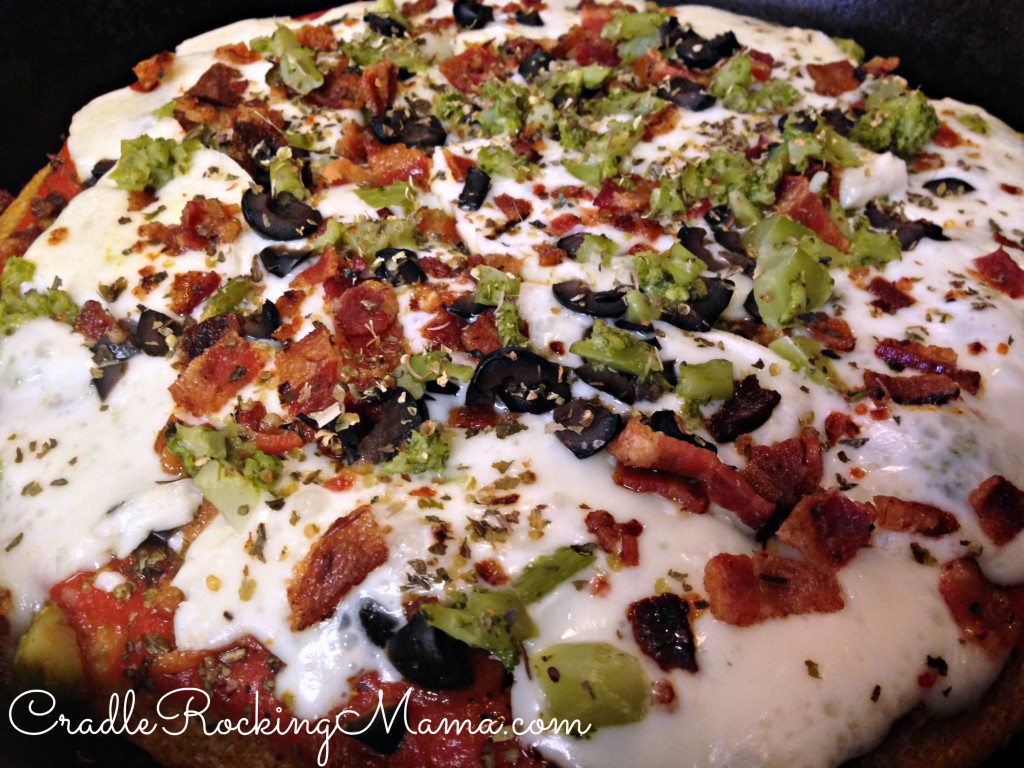This week I decided the potatos were a lost cause. It seemed like a good idea to dig them up to see what I actually netted from the tower experiment, since the vines looked like they were dying. I didn’t want to lose any potatos.
The spider mites had obliterated the plants; below the surface, the previously beautiful and strong potato greenery had withered and begun to rot. It was very disheartening to see.
However, Darrel and I managed to dig up some potatos:
Total yield? 5 pounds 6 ounces.
Not quite the 100 pounds promised in the article, but I truly still believe that 100 pounds is possible.
If you do it right. Which, apparently, we didn’t.
So we learned a lot from this experiment:
- I put chicken netting on the bottom of the towers. That was a good move. It made it possible for Darrel to simply grab the chicken netting and pick it up, loosening all the dirt and shaking the potatos loose. That made it a lot easier to dig out the potatos.
- The screws I used were too long, and either I didn’t drill large enough holes for them, or the wood swelled and made them REALLY TIGHT. Some of those screws stripped out when we tried to remove them, and will either need to be cut or removed with vice grips or something. Ugh.
- One screw per side of each board is probably enough.
- Straw probably works great on potatos when they’re being grown in a traditional method, but it doesn’t work very well for the tower method. All the potatos we got were from the dirt. We got nothing from the straw levels.
- Next time you see signs of spider mites? GET NASTY WITH THOSE LITTLE…THINGS.
On that last note, I happened to see signs of spider mites elsewhere in my garden this week: on my Purple Podded Pole Beans.
Oh, heck, no, you nasty little fiends!!
This made me panicky; in my garden, the beans and cucumbers are my best producers, therefore the most likely things to be used in a trial for Zac. I don’t want those plants destroyed by some damn little mites!
Do you know how weird Google is? Last week, when I was reading about spider mites because they were on my potatos, I googled for information. This week I did the same thing. Apparently I used different google search phrases, though, because last week, all I could find said that predator bugs were the only thing to remove or eliminate spider mites.
This week, though, I found MANY web pages that encouraged using natural ingredients to get rid of them, and that all said there were several techniques that worked!
So on the advice of one of those websites, I grabbed two onions and a head of garlic and roughly chopped them up. Then I tossed those in a quart of boiling water and let it cook a bit.
Once those had softened and cooked a little, I added a T. of cayenne pepper (I only had the powder, not the real peppers). Then I let it all cool, and strained the liquid into a spray bottle. 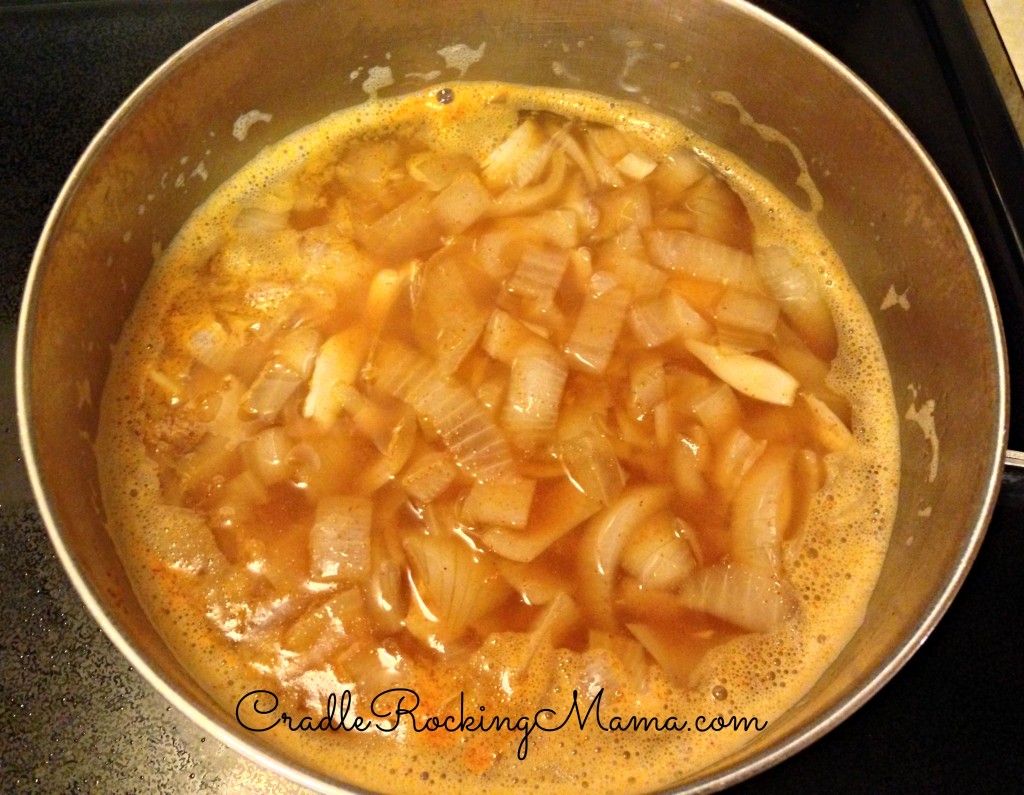
Then I went out and sprayed my beans.
I’ll admit it; every squirt of my natural concoction that hit the leaves was accompanied by my unspoken rally: DIE, MITES, DIE!!
I even used the ladder to reach the leaves where I’d specifically noted the undersides of the leaves had slight spider webbing and sprayed them directly.
Onion and garlic are powerful, but not nearly as lethal as poisons. I’m assuming it will take a few days before I see results, and I’ve only been doing it for two days so far.
I’m keeping my eye on it, though, and with any luck this will work like a charm and my beans will be rescued from the evil spider mites.
Does anyone have any organic, natural methods of eliminating spider mites that they would like to recommend? I’m all ears!
Darrel is still not feeling 100% and I don’t know how to work the tiller by myself, so…no new garden beds, and not a whole lot of new planting in my “second summer crop” or fall garden. Drat.
But I did manage to get beets planted! They’re in the raised bed, and I just went ahead and planted an entire square of the bed with beets. I’ll plant more later. Yay for beets!
Here’s a question for you: my cucumbers and beans are producing, but they’re not producing the way I expected. Everyone and their mother talks about how you can’t hardly walk for the armloads of cucumbers you’ll get out of your garden, and how the beans will just bury you.
I’m not getting that. I’m getting a cucumber every day and a half, which isn’t quite enough to keep Zac in cucumbers, let alone me! So far I’ve managed to get enough beans to can 2 quart jars. Not enough to really stockpile enough for me and Zac for a year.
So what gives? Is there something I’m not doing? Something I’ve done wrong? Is it just the weather? Did that cold snap last week screw up my plants before they got going?
Or am I just being impatient, and August will see me rolling in veggies?
Thanks, if anyone has any input.
So, how is your garden doing? Are you getting impressive yields? Or eaten up by bugs?







